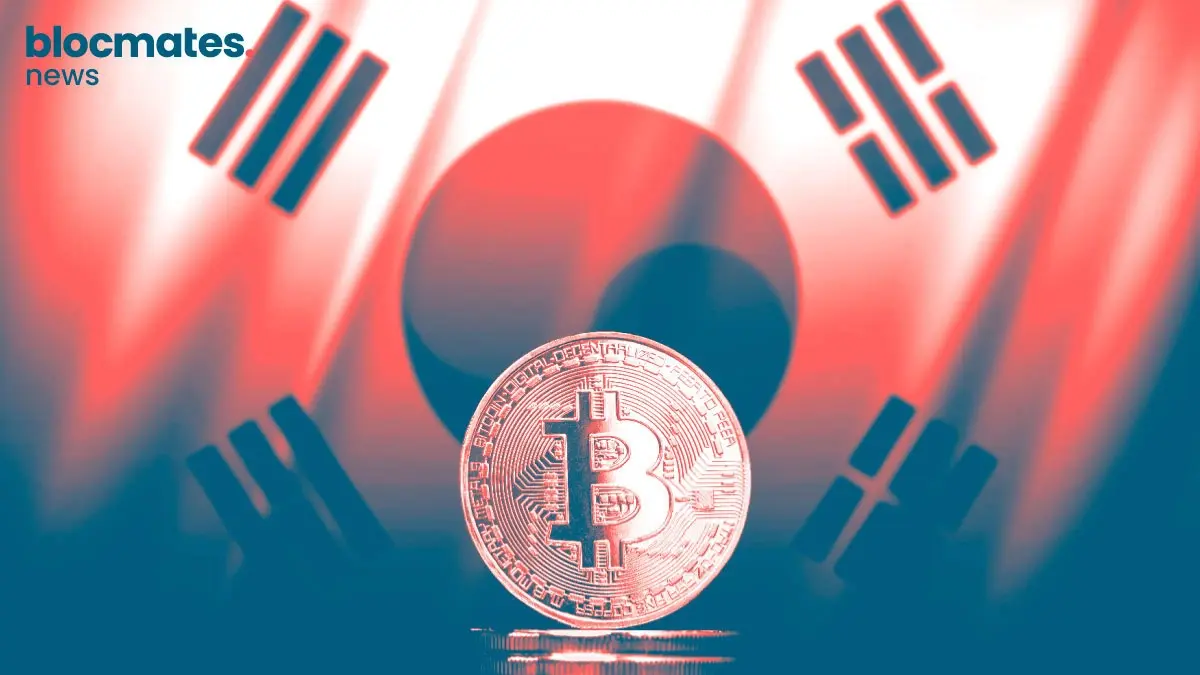Greetings, my fellow degenerate cryptographic currency gambler! Boy, do we have a fun ponzi, or should I say bonzi, for you today.
Some of you reading may be familiar with Yeet by now. No, I don't mean the phrase; I mean the Berachain protocol.
Well, let me start by saying that we at blocmates absolutely love Yeet. We’ve already extensively covered elements of the protocol in the past. We started with a general guide to Yeet and then followed it up with a guide to YeetBonds.
If you haven’t read those, I highly recommend checking them out before diving into this peace.
Done? Alright.
So, if you read the articles, you can probably tell that Yeet is built a little bit differently as a protocol. Not only is the team gigabrain, but they sure know how to build a fun bonzi—a bonzi with a purpose.
Well, as if two biblical bonzi’s weren’t enough, they’ve only gone and built a third. But here’s the kicker: this one is being built with the help of Olympus DAO and Kodiak.
Yup, talk about taking things to the next level.
So buckle up because, in today’s piece, blocmates is taking you on a journey through the world of BakerDAO.

What is BakerDAO?
We’ll just give it to you straight, no fancy buzzwords.
BakerDAO is essentially an up-only bonzi that combines the powers of looping, over-collateralization, and lending/borrowing.
It allows users to benefit from the price appreciation of the native token BREAD while also contributing to Berachain’s proof of liquidity mechanism.
Let me run you through how the mechanism works and how you can get that BREAD.
- You can bake BREAD by depositing BERA
- To redeem BERA, you can burn the BREAD
- You can use your BREAD as collateral to take BERA loans
- All of the actions above have a fee attached to it. The fees collected from this will be used to increase the liquid backing of BREAD
- The BREAD token:
- Initial cap: 6.9 million
- The target is for the supply cap to increase by 50% each week, subject to monetary policy.
To break it down further, when BREAD is baked, the fees increase the BERA backing of BREAD, and when BREAD is burnt, the BERA backing decreases, but the fees earned from burning are added back, which ensures that the general ratio of BERA backing BREAD increases.
In short, up only technology.

Now, if you’ve been around for a while, I’m sure protocols like this aren't exactly new. So, what makes BakerDAO special? Why should you or I care about it?
Well, it’s the Berachain native approach that sets it apart from the crowd and will also allow it to thrive.
If you’ve seen other protocols with similar features, then you may know that one of the key parameters to increase liquidity is to use all the fees generated to give out LP rewards. These incentives are what ultimately allow the protocol to sustain its growth.
With BakerDAO, there are two key advantages. For starters, the initial liquidity for BREAD will be seeded with OHM, and Olympus DAO, Kodiak, and Yeet will incentivize this. Those who provide liquidity for the BREAD/OHM LP will be rewarded with BERA, OHM, YEET, xKDK, and swap fees.
Talk about juiced-up rewards!
The second element of BakerDAO’s uniqueness comes from its integration with Berachains POL consensus.
As you know, liquidity is already heavily incentivized, so the protocol does not need to use all the protocol fees for LP rewards. Instead, only 5% of the fees are used for LP reward incentivization, and 15% will be used for bribing Berachain validators to earn BGT.
As some of you may know, BGT will play a vital role in the Berachain ecosystem, and every protocol is doing its best to earn as much of it as possible. Earning this BGT will then essentially allow BakerDAO to earn additional rewards and amass a good amount of voting power.
All of this will ultimately feed back into the baking mechanism, allowing the Bakery to remain open.
This is just the high-level gist of how the protocol functions, but there are a couple more intricacies that we need to go over before you can become a full-time baker.

Baking and burning
As we’ve already mentioned, users can bake BREAD by depositing BERA. This process of minting BREAD has a 2.69% fee attached to it.
There is a dynamic supply cap on baking that is set per week. If the cap for the week is reached, it is increased by 50%.
If it is not reached, it remains unchanged. This is how new BREAD can enter into circulation. The initial cap is 6.9 million.
Note that there is a master baker who can adjust the dynamic cap and impose whitelists on baking if deemed necessary.
Burning is the process of redeeming BERA tokens by burning BREAD. It has a 2.69% fee attached to it.
This is how the 2.69% fee incurred on each bake and burn is distributed:
- 65% - increase BERA backing
- 15% - liquidity bribes
- 20% - retained by treasury
Loans
A major part of the protocol is the ability for users to take loans.
Users can borrow BERA using their BREAD as collateral with a 99% loan-to-value ratio. That means users can borrow up to 99% of their BREAD’s worth in BERA tokens.
The minimum duration of a loan is 1 day, and the maximum is 365 days.
Interest rates are calculated linearly, with an APR of 6.9%. There’s a bit more nuance to interest rates that will be discussed later in the article, but for now, all you have to know is that the interest is collected upfront upon the initiation of the loan.
With liquidations, you do not have to worry about the price going against you to cause a liquidation. The only way liquidations can occur is if the loan isn’t paid back in time. When this happens, the user's BREAD collateral is simply burned. This then increases the BERA backing of each BREAD.
The earnings from the interest rate are deposited as follows:
- 65% - increase BERA backing
- 15% - liquidity bribes
- 20% - retained by treasury
Looping
The benefit of having a lending mechanism is that you can always go full Yeetard and just up the leverage.

When you have your BREAD tokens, you can borrow BERA against it. This BERA can then be used to either buy more BREAD or bake more BREAD. You then take the newly acquired BREAD and use it to borrow even more BERA. Keep repeating this process till your heart's content.
BakerDAO will add a unique feature to its UI that allows users to complete this entire looping process with one click. If this feature is used, the fee will be discounted from 2.69% to 1.42%.
The fees earned through this looping are distributed in the same way:
- 65% - increase BERA backing
- 15% - liquidity bribes
- 20% - retained by treasury
Interest fees
The interest fee calculation is an important part of ensuring that the protocol is not easily exploitable. Let me elaborate.
To begin with, there’s the basic interest rate calculation, which follows this formula:
Interest fee = Borrowed amount x (interest APR BPS / BPS denominator) x (loan duration)
- Interest APR BPS - the annual interest rate in basis points. So, in this case, 6.9% or 690 BPS
- BPS denominator - this number will be a standard 10,000
- Loan duration - the length of the loan in days. A 30-day loan will be represented as (30/365).
On top of this, BakerDAO also calculates a burn fee.
The burn fee is calculated by taking into account the standard interest fee (formula above) and also calculating the over-collateralization amount (the 1% buffer on the 99% LTV). Combining these two allows them to calculate a burn fee.
This burn fee is then added to the initial interest as a minimum fee. The general idea is to ensure that it isn’t cheaper to take a short-term loan and default rather than just burning BREAD.
So, if somebody takes a one-day loan, for example, a minimum fee will apply because the burn fee is taken into account. However, on a longer-term loan, say 300 days, the standard fee will exceed the minimum fee and is, therefore, not necessary to implement.
A more detailed explanation can be found here if you’re interested.
Staking
This is a fairly straightforward process. Users who provide liquidity to the BREAD/OHM pool on Kodiak Islands can stake the LP token for BGT rewards.
Pre-deposit vaults
Before BakerDAO went live, a pre-deposit vault process using whitelists was in place to prevent users from being front-run by bots.
There were three vaults in total:
- Senior Baker Vault
- Junior Baker Vault
- Missooor Vault
Each vault had a separate cap for the amount of BERA that could be deposited into it, and every participant in a specific vault would get the same price. However, the earlier vaults, in this case, the Senior Baker Vault, got a better price than the other two vaults.
Now that all of these vaults have baked and people have started getting their BREAD, the final vault is live. This is the Public Baker Vault.
This is basically where anyone who wants to bake their BERA for BREAD can do so. There is no BERA cap per wallet, but the vault currently has a 169,000 BERA cap. So, if you would like to become a master baker, your time is now.
The Bakery
Now, I hope you guys know the caliber of the team we are talking about. It’s Yeet, Olympus, and Kodiak coming together. So, one simple baking, burning, and loaning mechanism is not enough. There’s an entire product suite that’s going to come with it called The Bakery.
At the time of writing, there are six elements to The Bakery:
- BreadGT
- Pooled baking
- BreadBox
- Auto TWAP
- iBREAD
- GameFi
The idea behind these products is to open up different sources of revenue to help further solidify BREAD's backing. The second purpose is to provide some additional utility for the BREAD token, which will then lead to more participants participating in the baking, burning, and lending process.
BreadGT
Those of you in the Berachain weeds are probably familiar with iBGT, a liquid-wrapped version of BGT. Well, BreadGT is similar.
BreadGT can be minted by claiming BGT rewards through the whitelisted rewards vaults through the BREAD contracts.
The BGT collected by BakerDAO to mint the BreadGT will be delegated to Berachain validators to earn yield. Of the rewards, 90% will be given to BreadGT stakers, and the remaining 10% will be used to loop bread on a 365-day loan period.
The staking of BreadGT will be in the Kodiak Farms where you can get reward multipliers.
Pooled baking
Once a vault hits the max cap for baking BREAD, the pooled baking mechanism can come into play.
Authorized “Baker” contracts can pool deposits together to mint new BREAD. This is the only way to mint after max caps are hit, and it also ensures that users can all get the same price by pooling the deposits.
BreadBox
Say you want to hold on to your BERA tokens and use some other tokens to lock in the BREAD contracts. BreadBox allows you to do so.
With BreadBox, you can deposit any ERC-20 token into the BREAD contract for an additional 1% fee. This fee, of course, increases the BREAD backing.
Eventually, tokens from Panda Factory (Kodiak’s version of Pump.fun) that have graduated can be used, along with the LP tokens from the pools of the graduated coins.
Auto TWAP
The ultimate purpose of this feature is to provide another avenue to increase the BERA backing of BREAD.
With this, users can deposit any ERC-20 token they want into the Auto TWAP contract, and any other user can put in a bid with BERA to sweep all the ERC-20 tokens. The BERA earned from this is used to increase BREAD's backing.
So, if you have tokens that you want to get rid of, or if the BakerDAO team would like to provide different sources of revenue to grow the backing of BREAD, this function can be used. Arbitrageurs will be presented with a profitable opportunity once the value of the tokens in the contract is worth more than the BERA bounty put on them.
iBREAD
iBREAD is a token that is received by staking BREAD. The supply will be elastic, and the ratio of BREAD/iBREAD will vary. The reason for iBREAD to exist is that it will play a crucial role in the GameFi element of The Bakery.
GameFi
Similar to the Yeet protocol, the GameFi element of The Bakery involves a game of chance.
Users will be able to place bets on games with BERA. If they win, iBREAD will be minted to fulfill the bet amount won.
If they lose, the BERA that is forfeited to the protocol will be used to bake BREAD, stake it for iBREAD, and then burn that iBREAD to increase the BERA/iBREAD backing.
Concluding thoughts
I know that was probably a lot to take in, but hopefully, you understood the gist of this protocol.
At the end of the day, what’s important to know is that you have three gigabrain teams that are deeply entrenched in the Berachain weeds and making interesting financial games and primitives.
They listen to their communities, execute efficiently, and maximize composability with other protocols. That, ultimately, is the essence of Berachain.
So, I suggest you wait no longer, embrace your inner Yeetard, and begin your journey from novice baker to master baker.
Thanks to the Yeet team for unlocking this article. All of our research and references are based on public information available in documents, etc., and are presented by blocmates for constructive discussion and analysis. To read more about our editorial policy and disclosures at blocmates, head here.




.webp)

%20(1).webp)
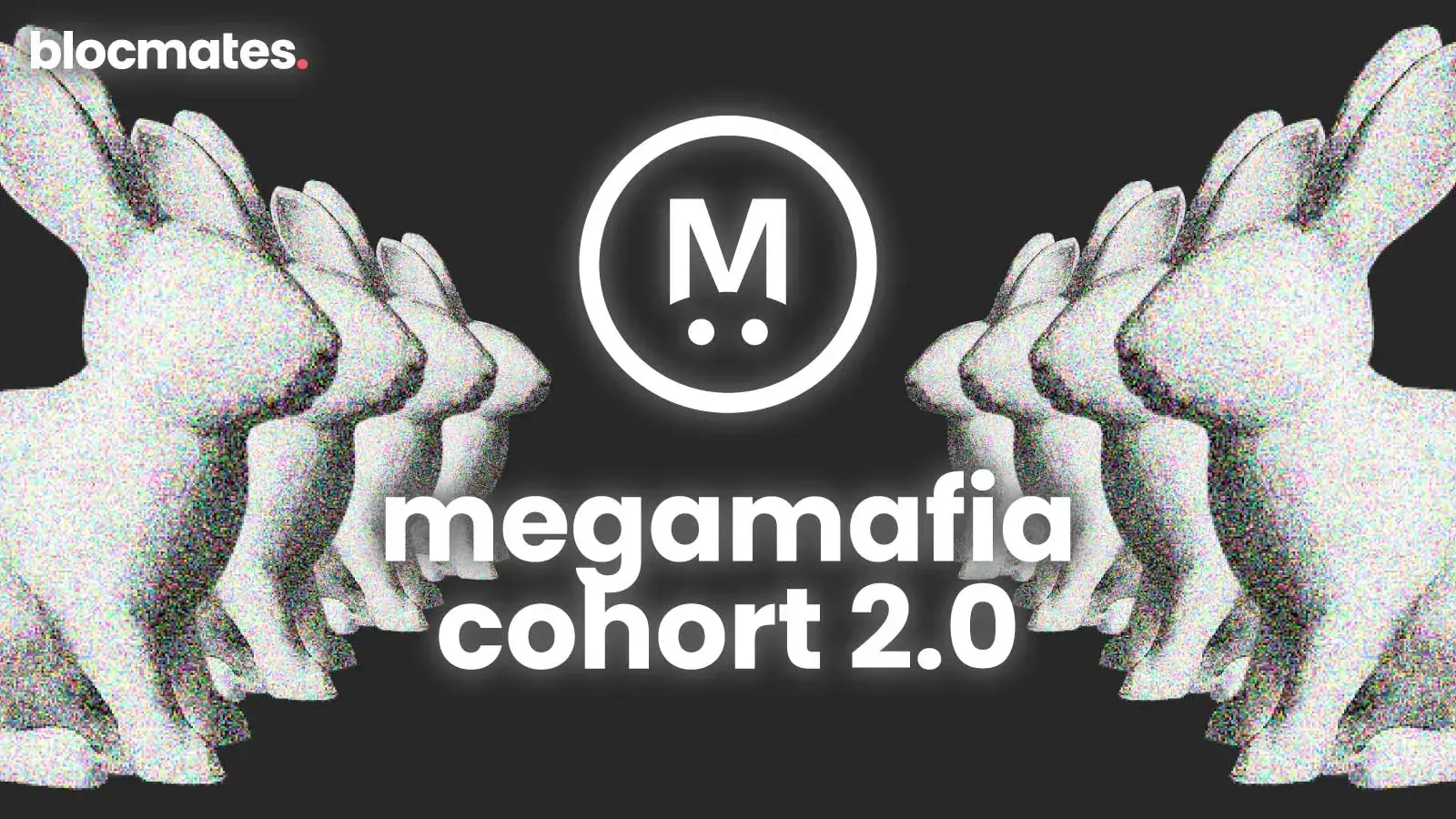




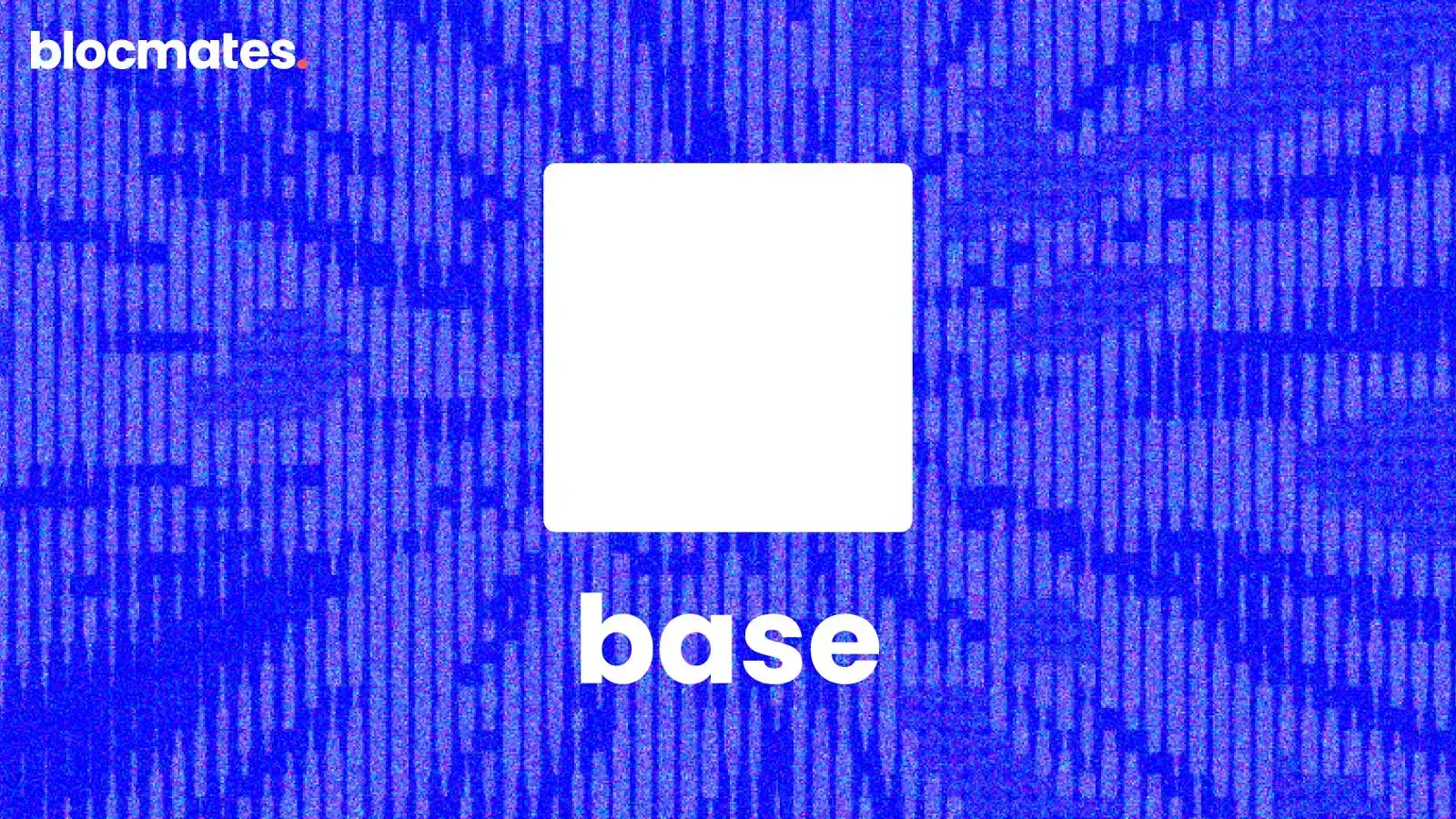
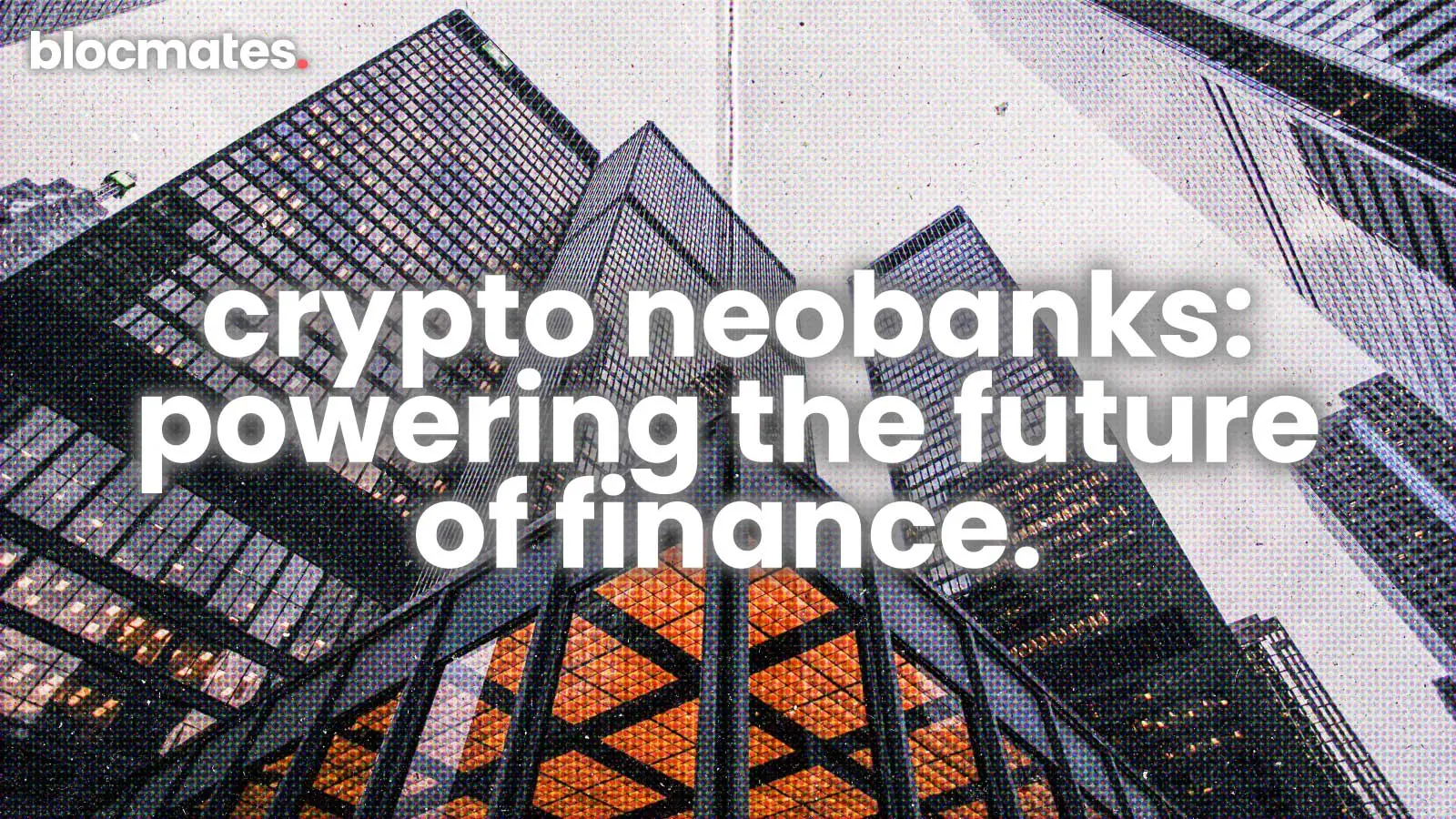


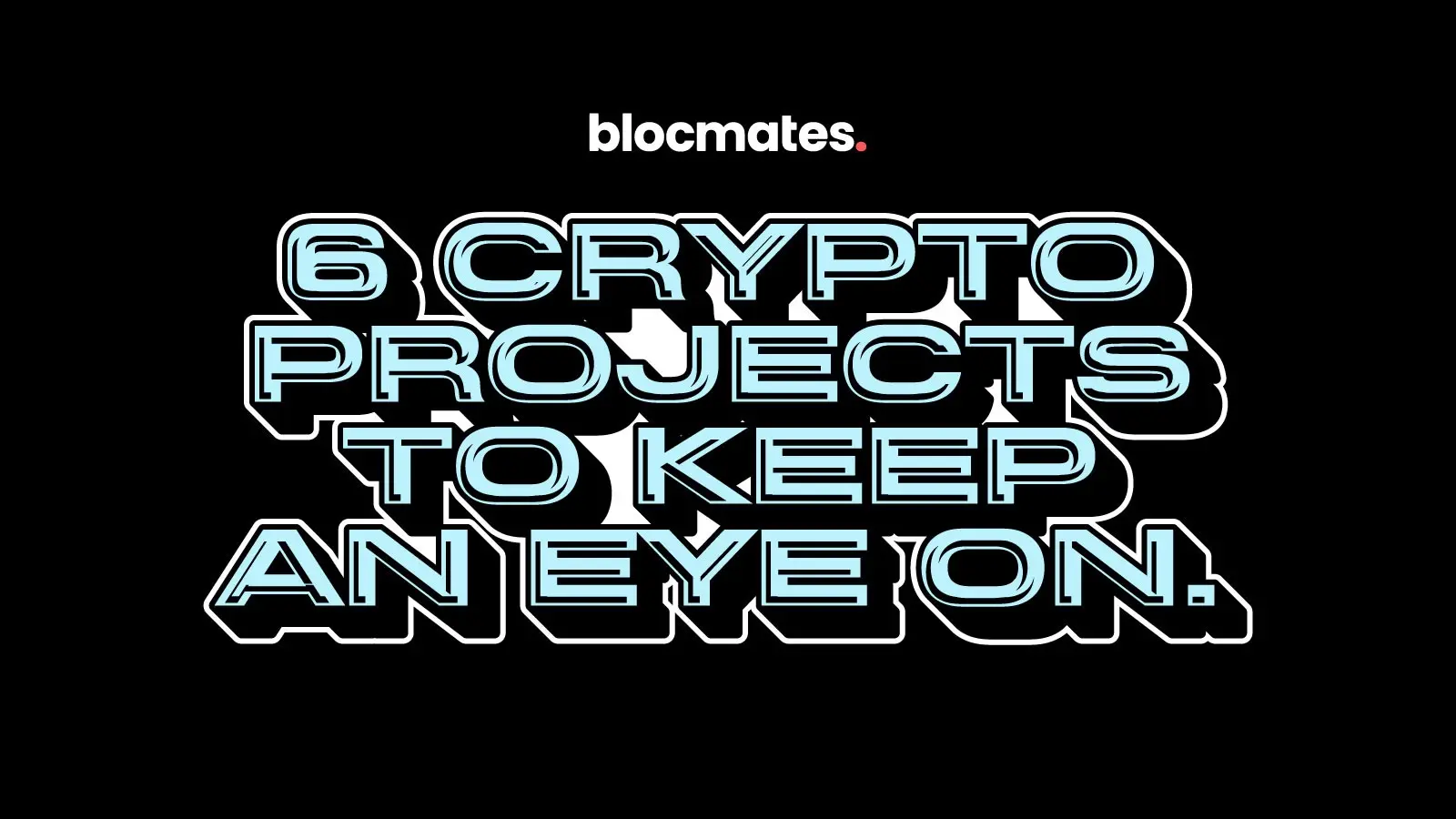
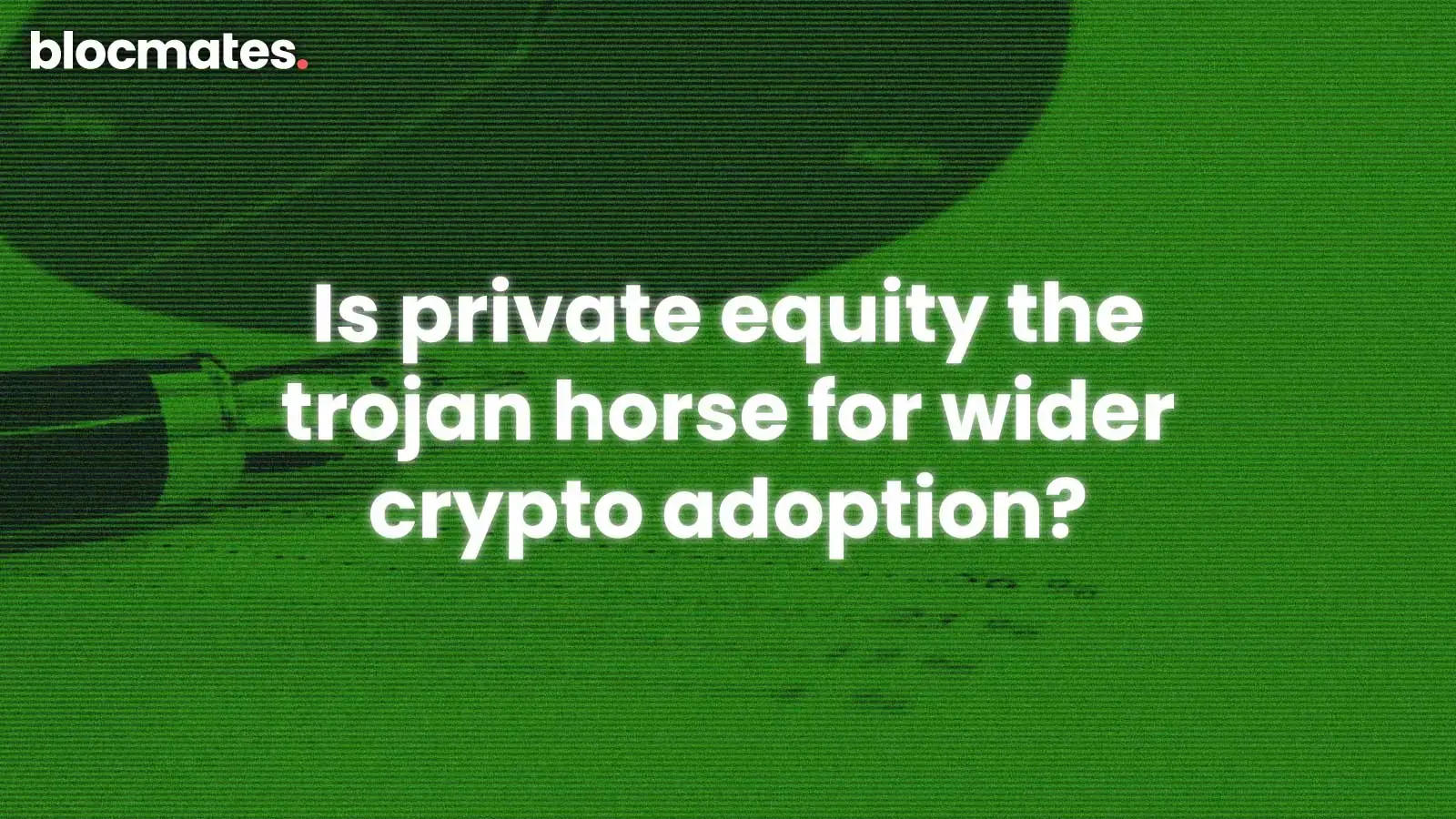
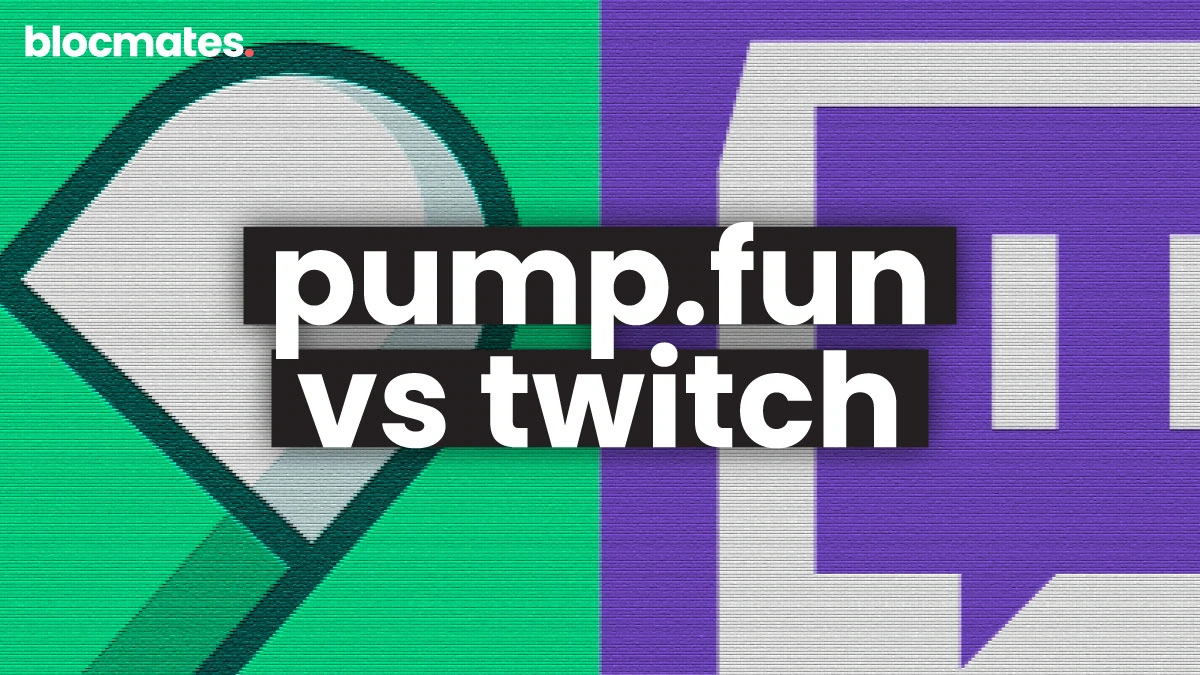

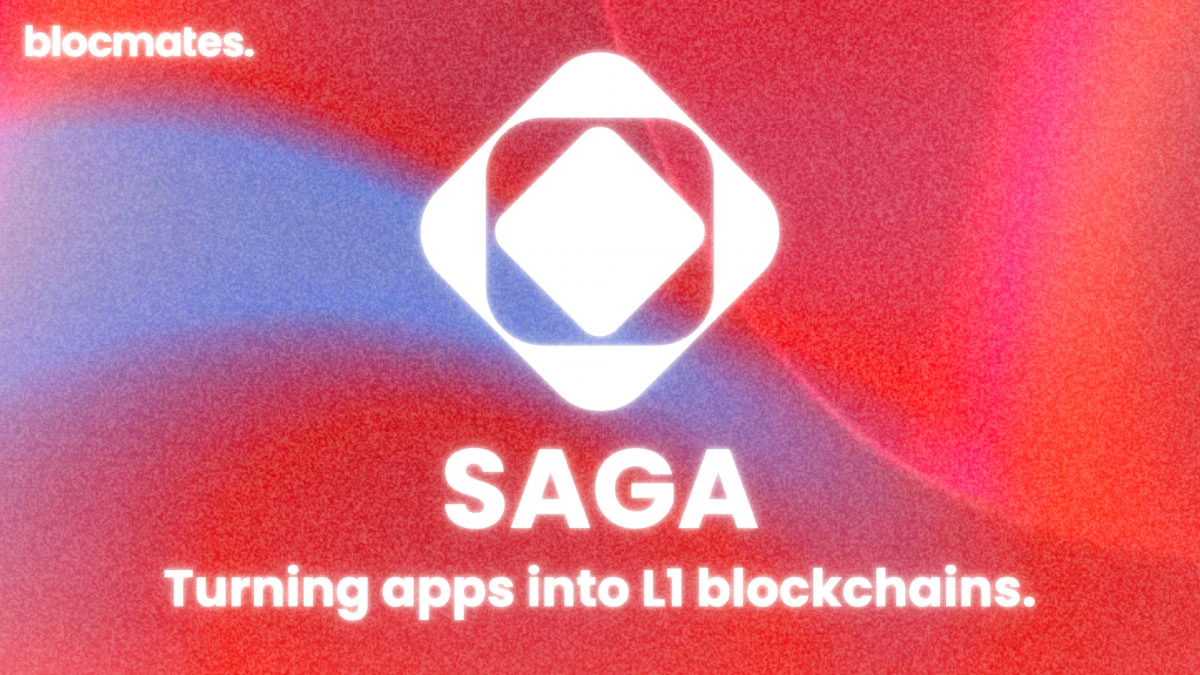
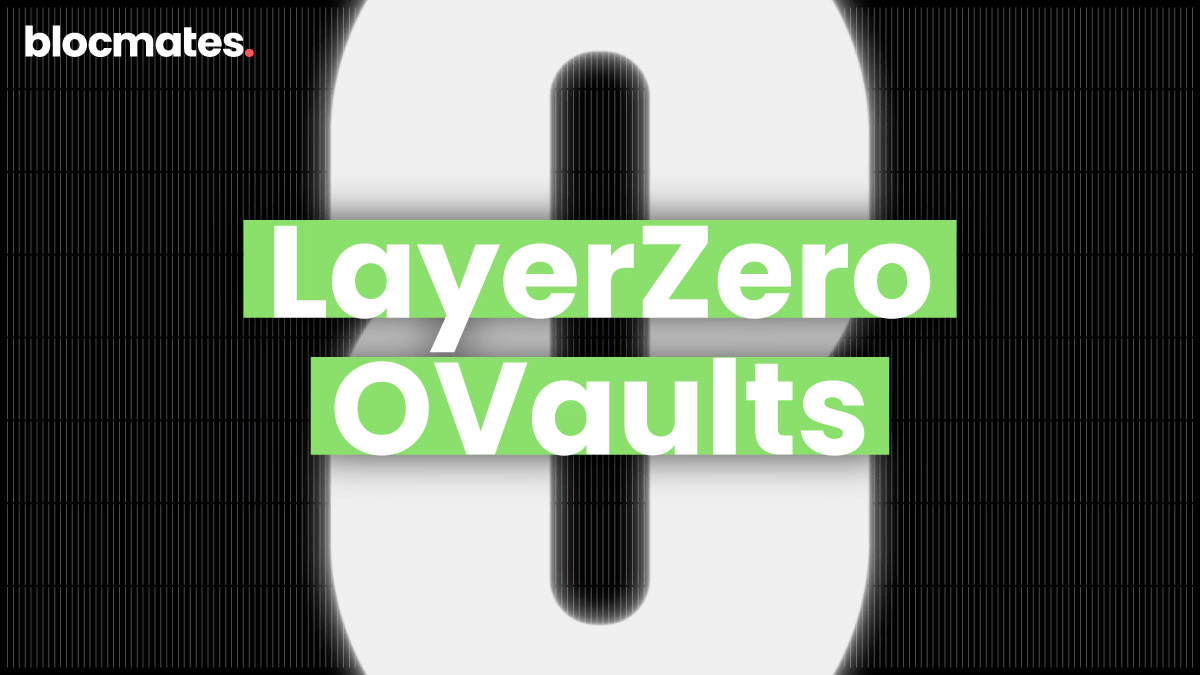
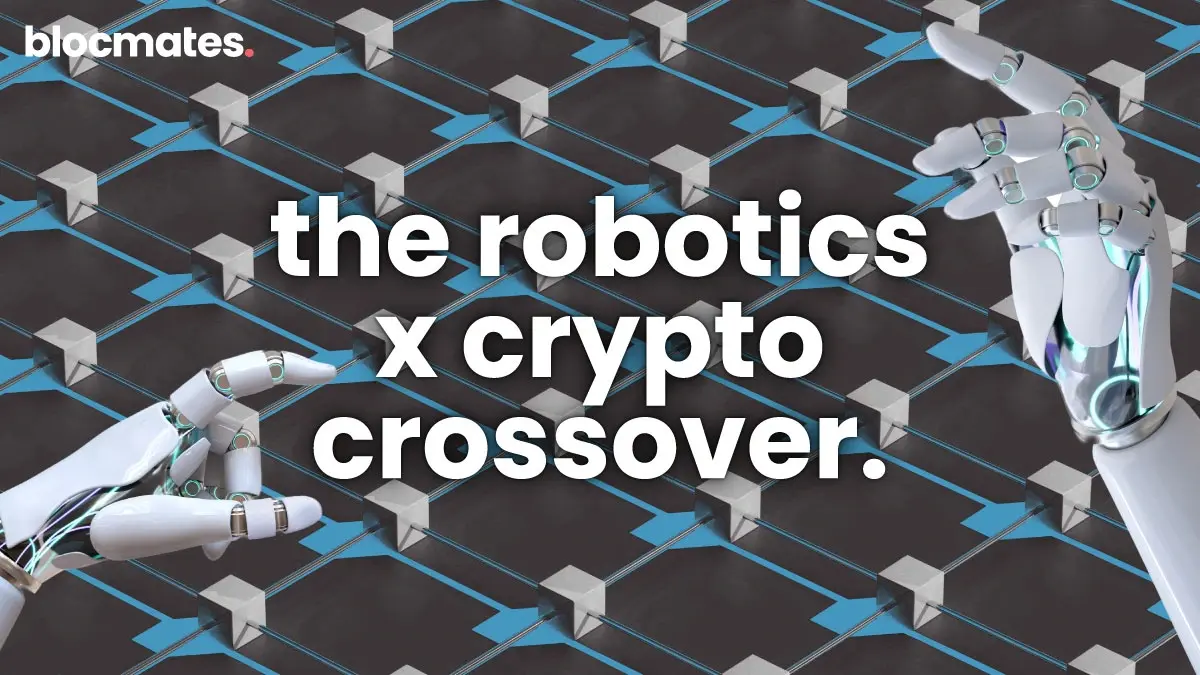
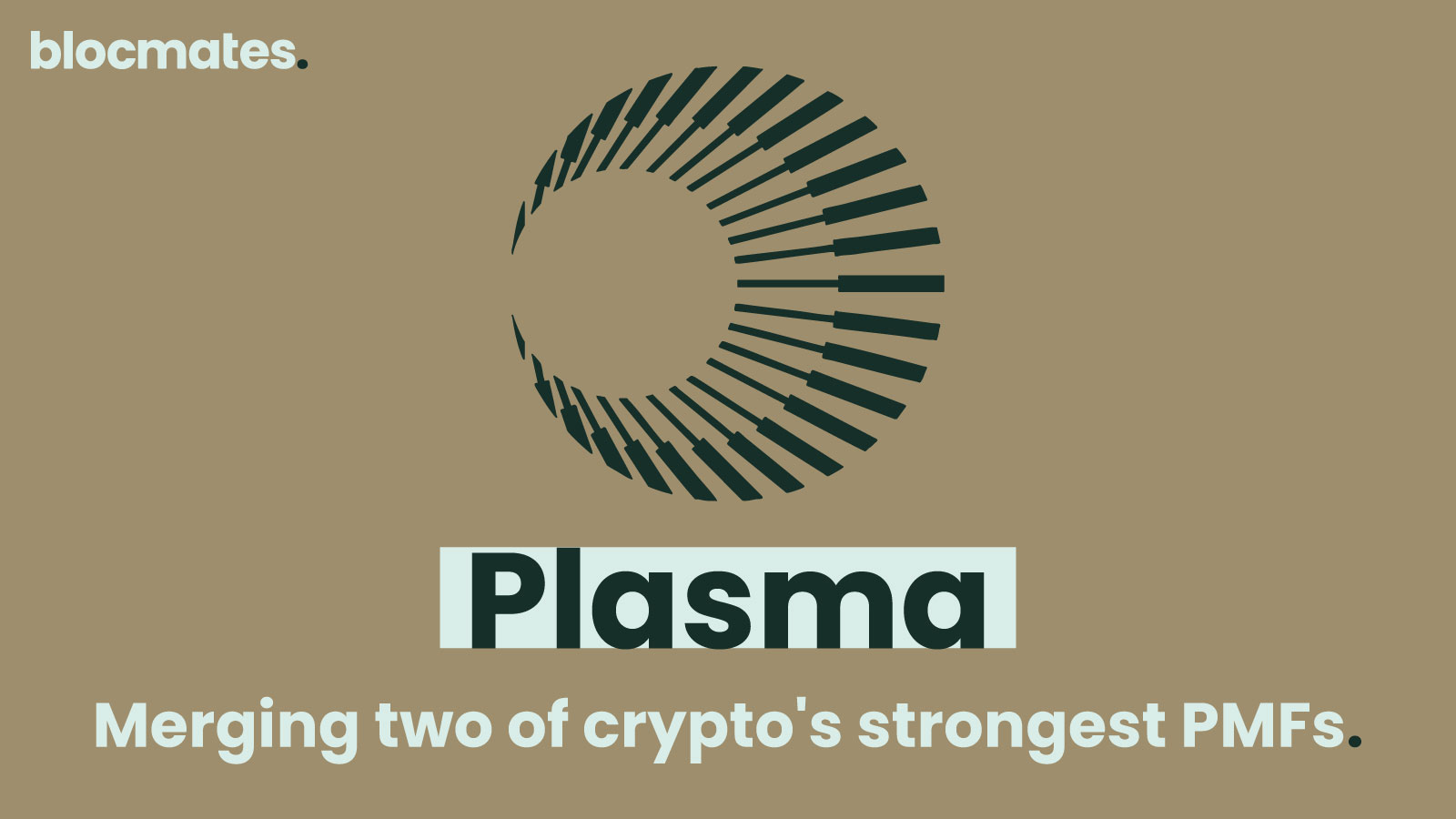
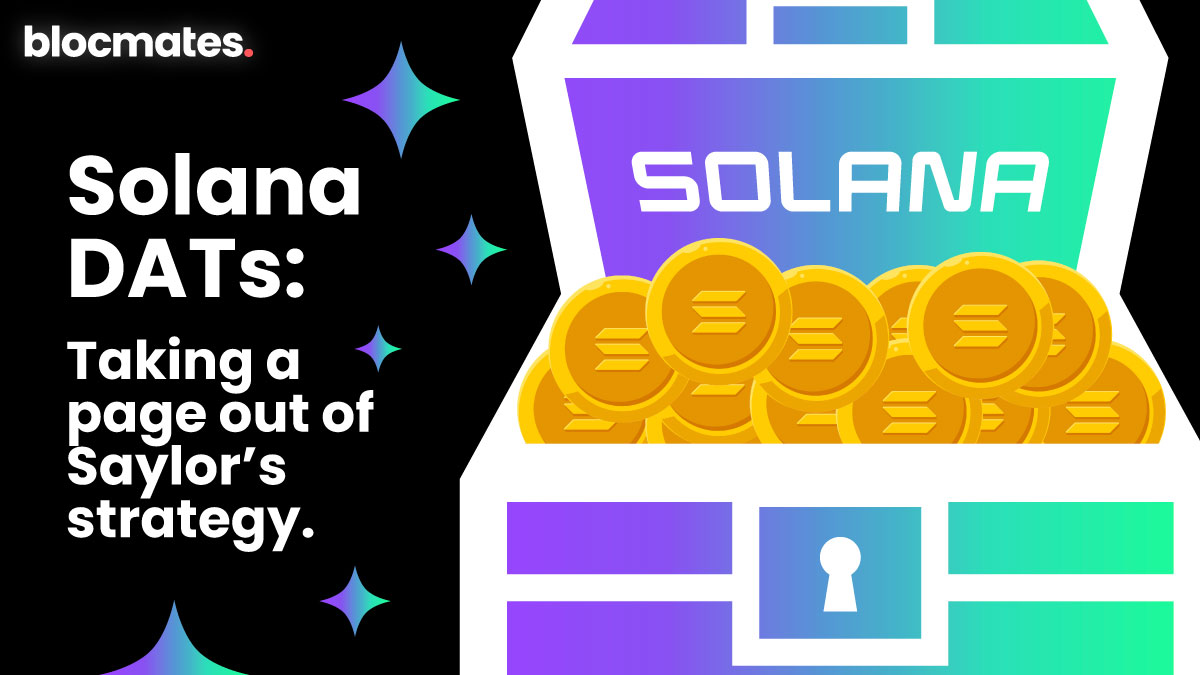

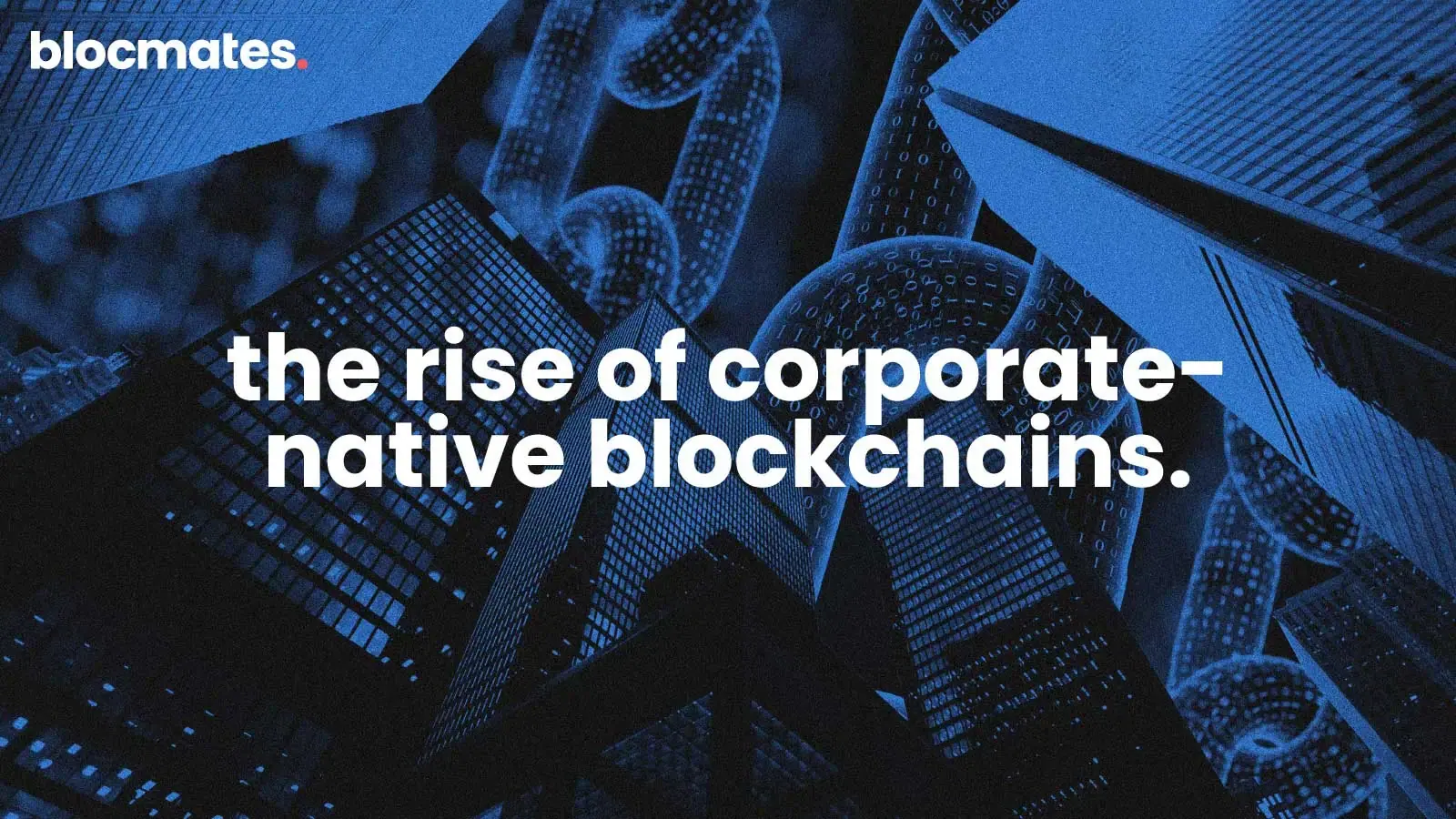
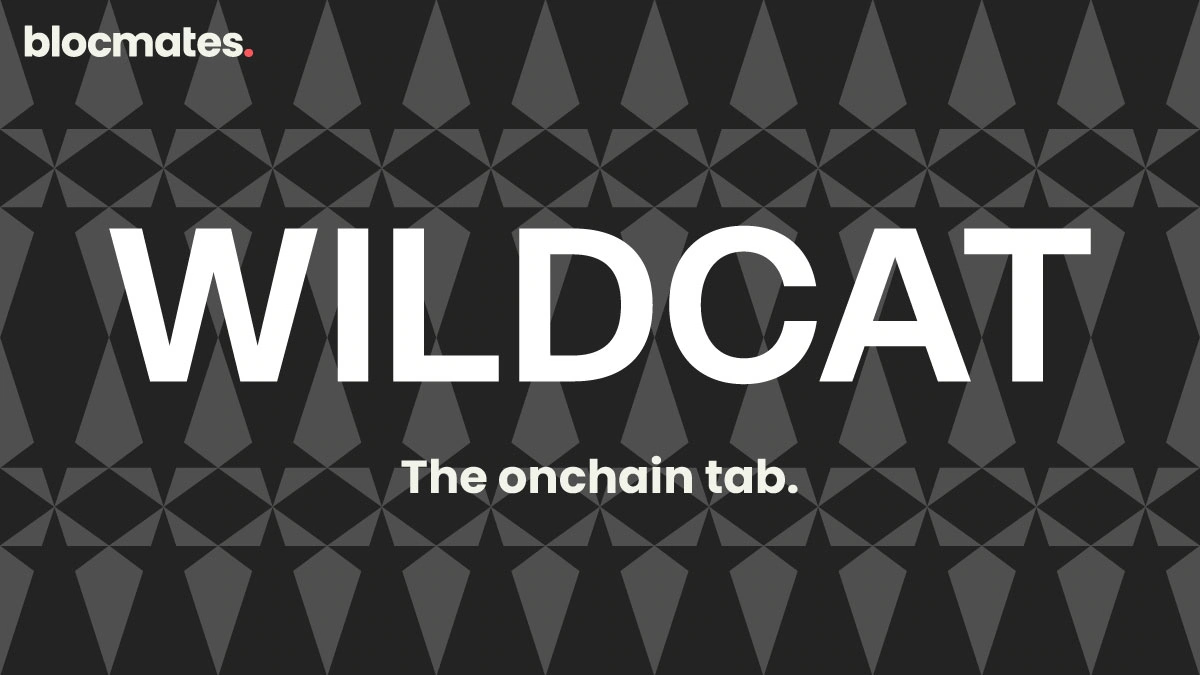
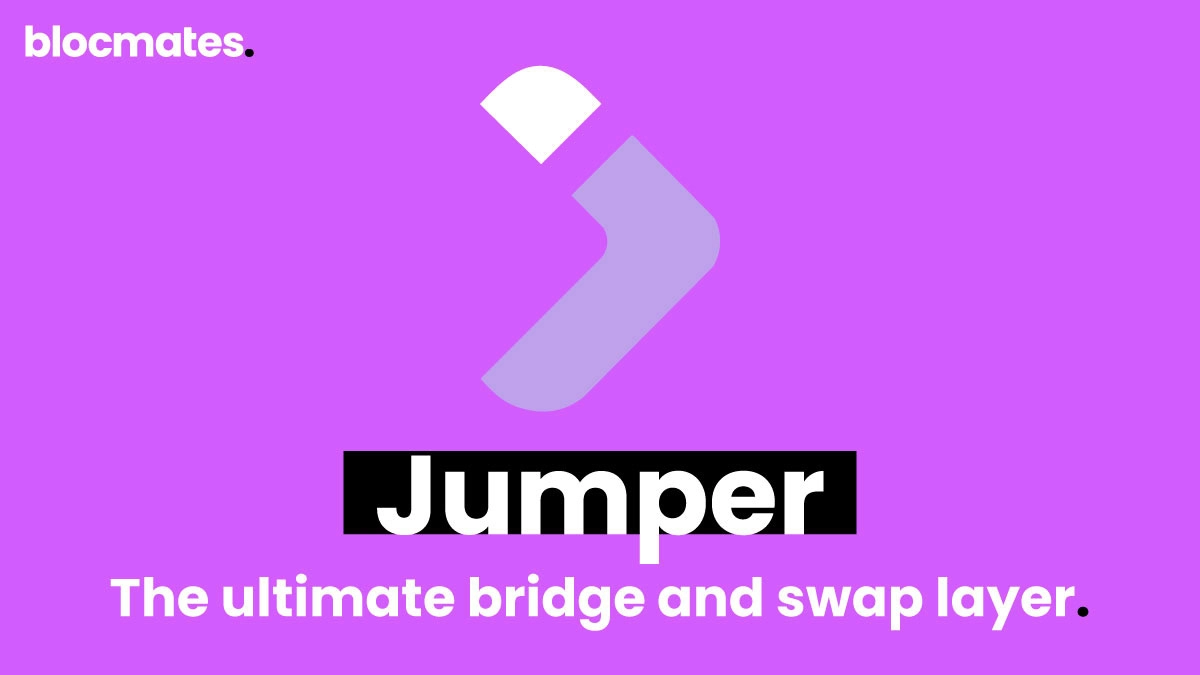
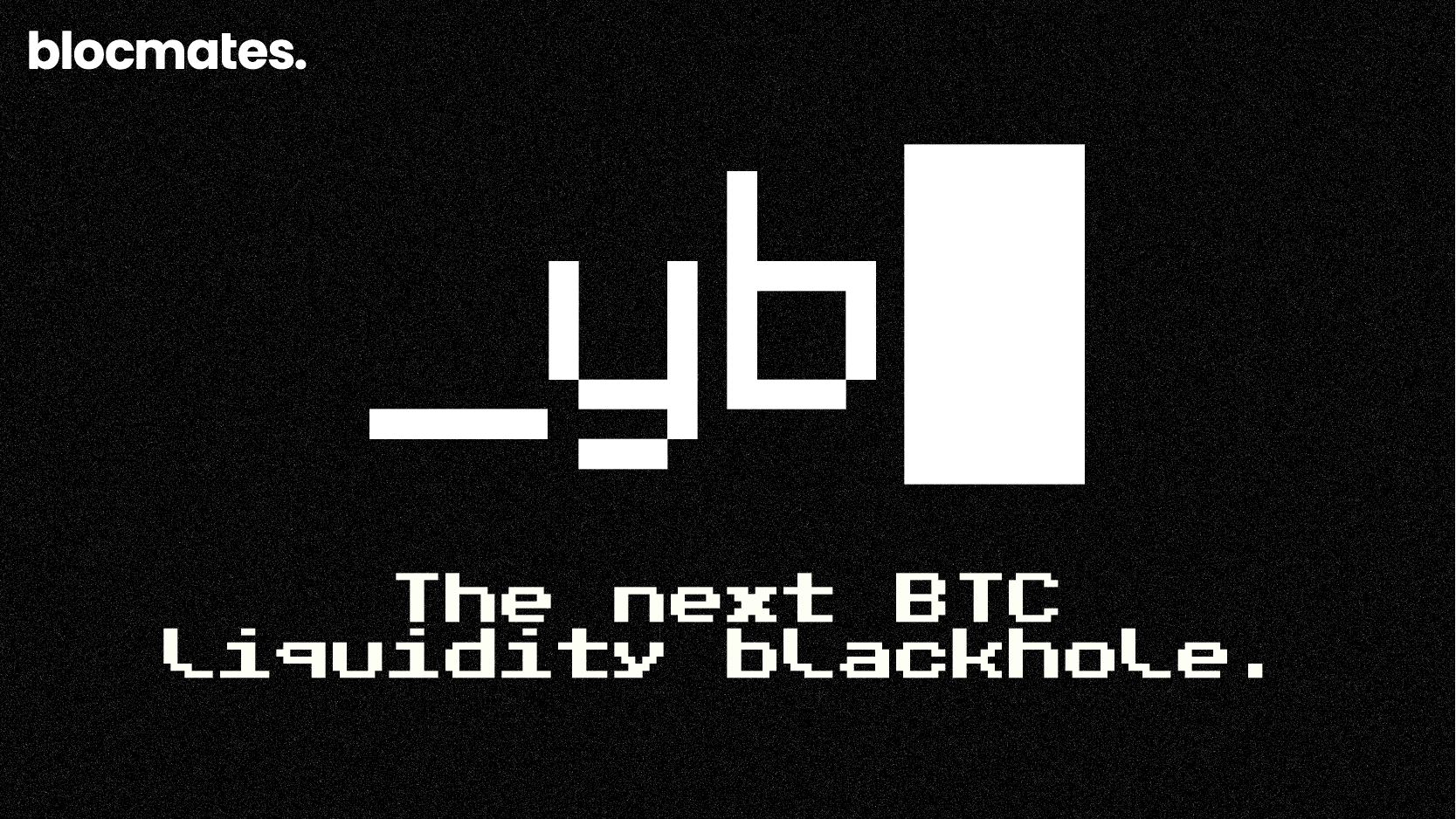
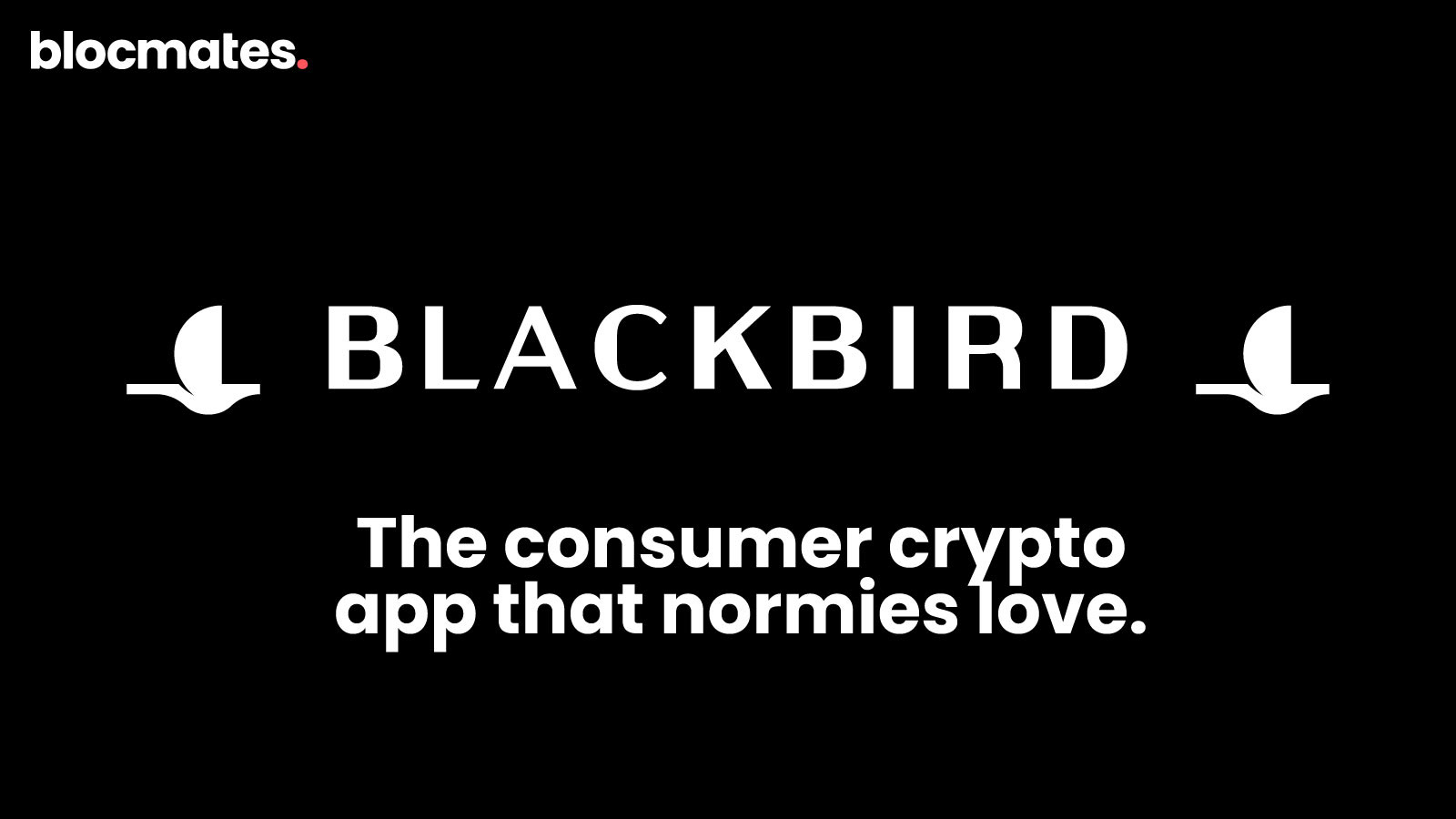
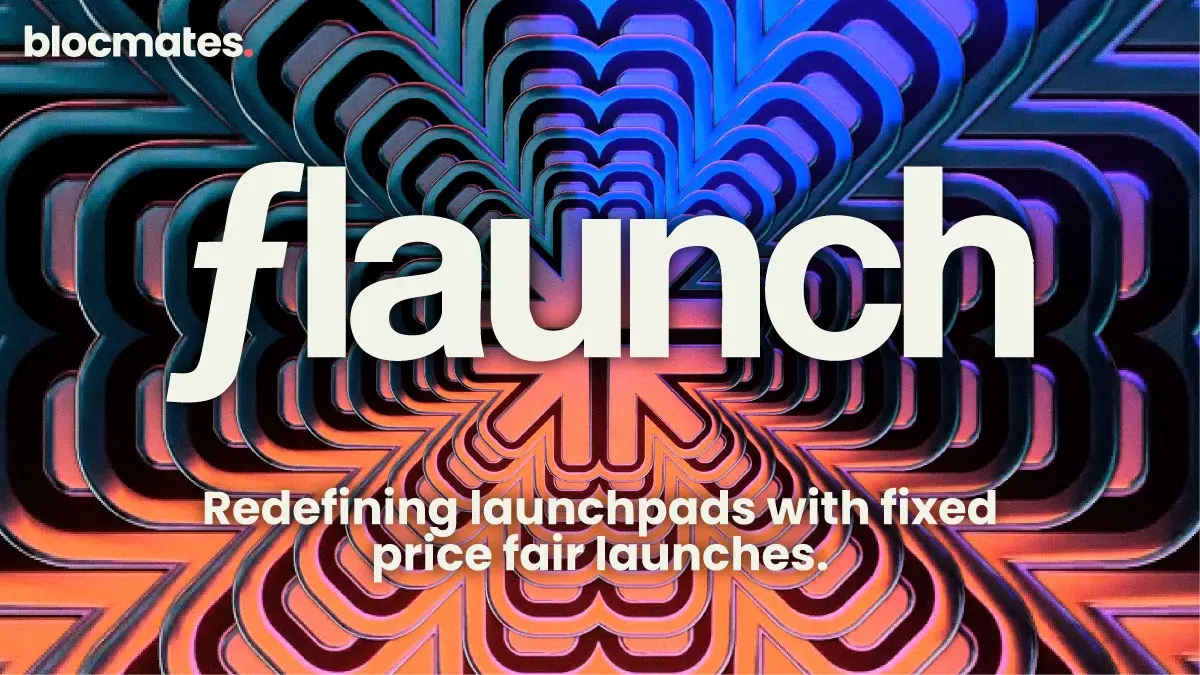
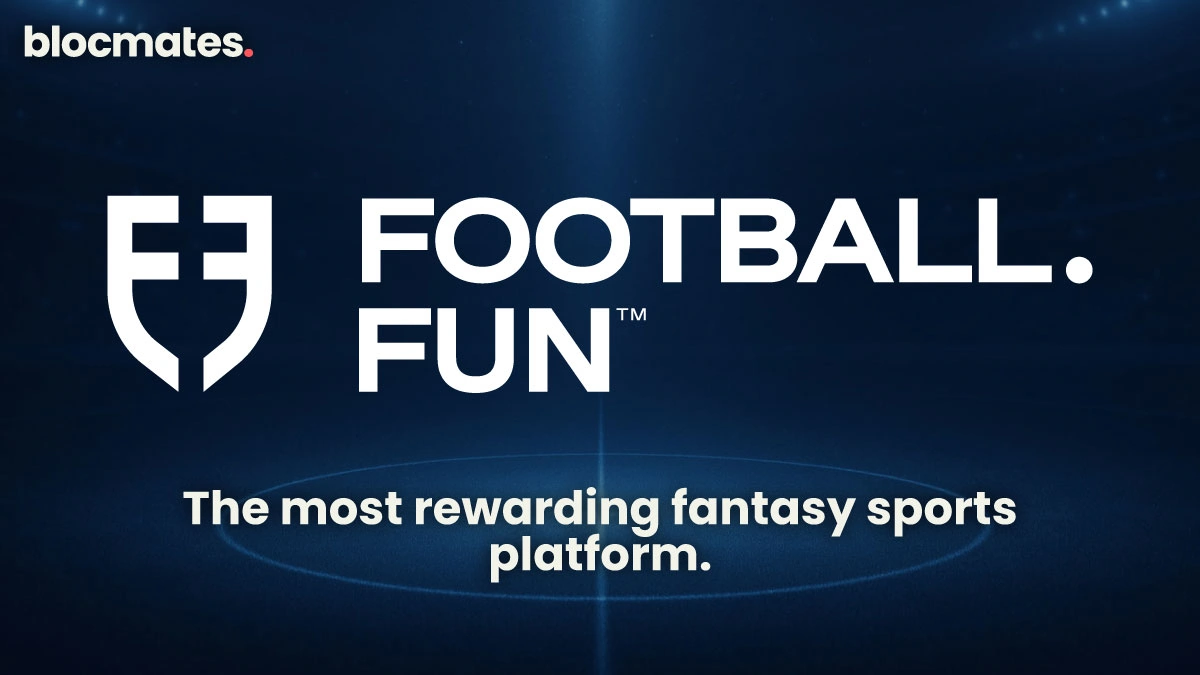
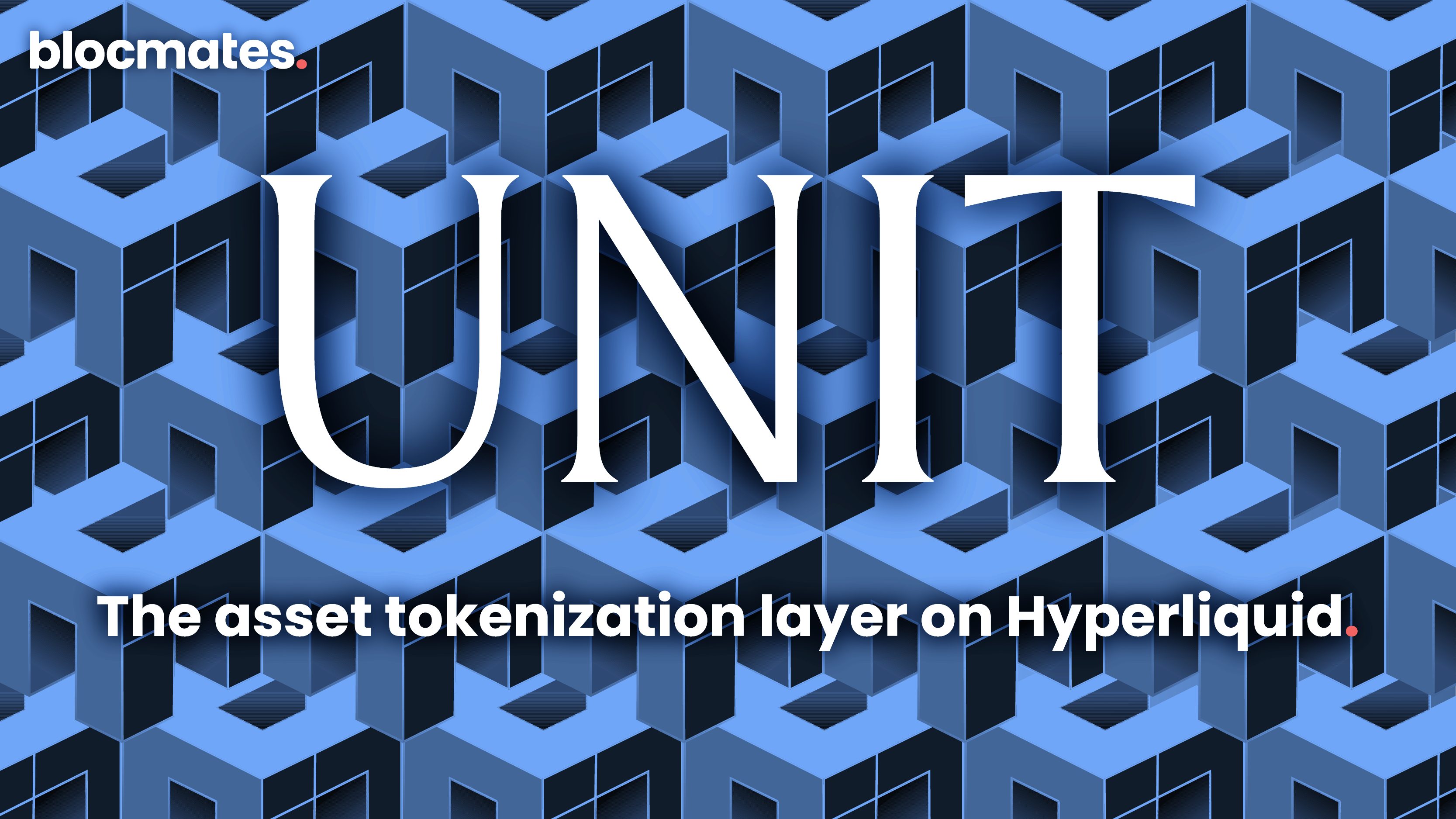
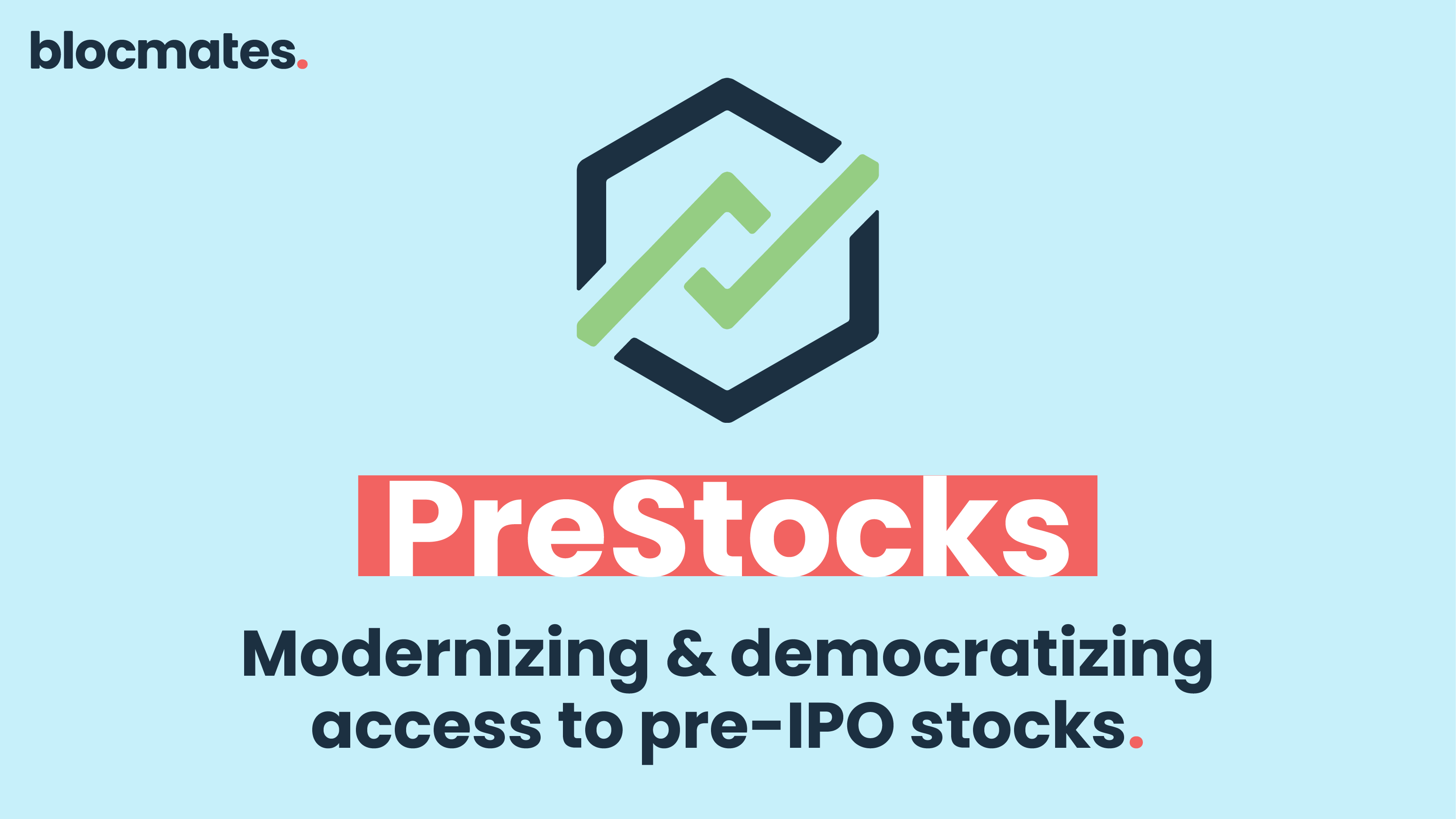

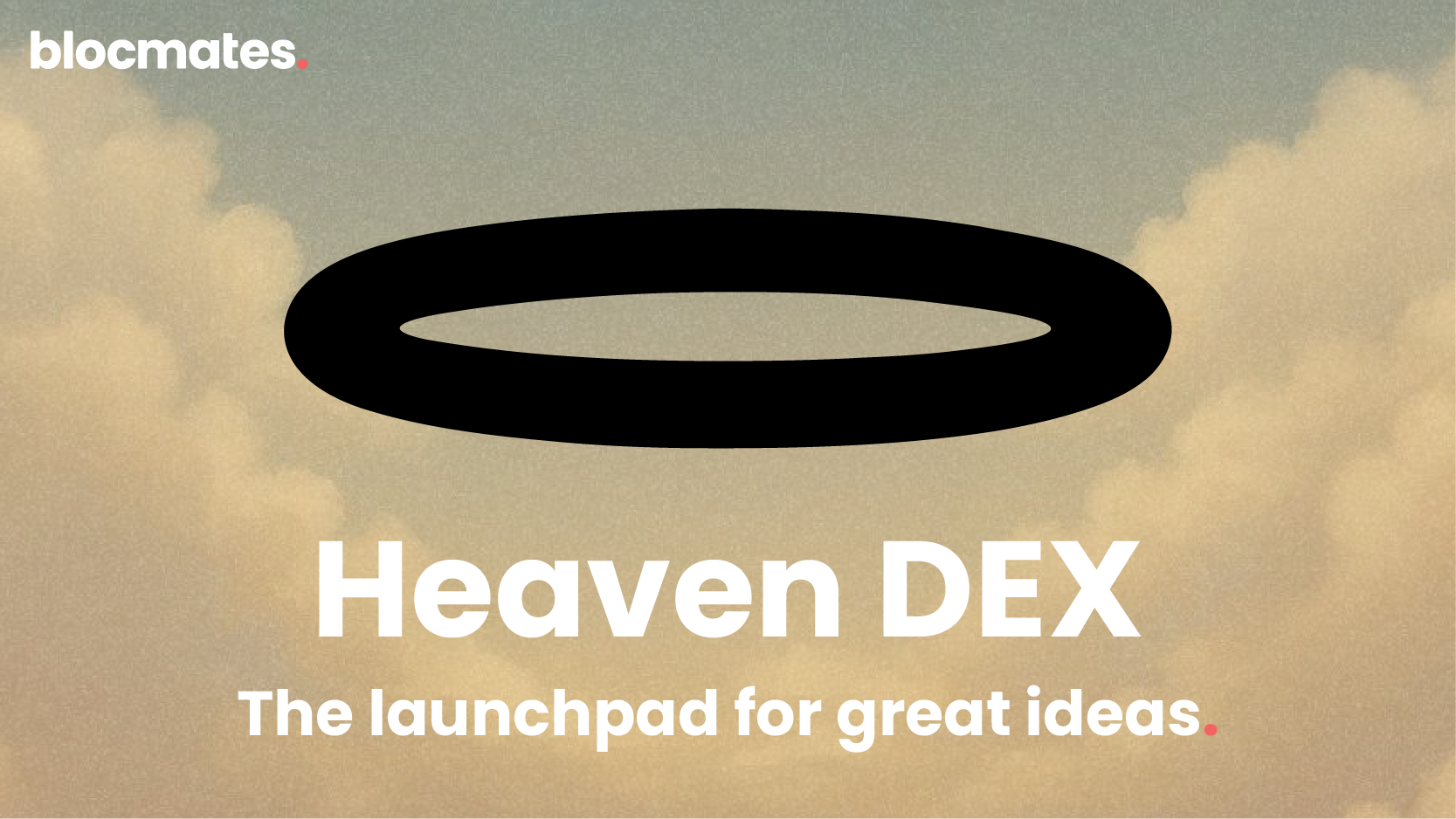
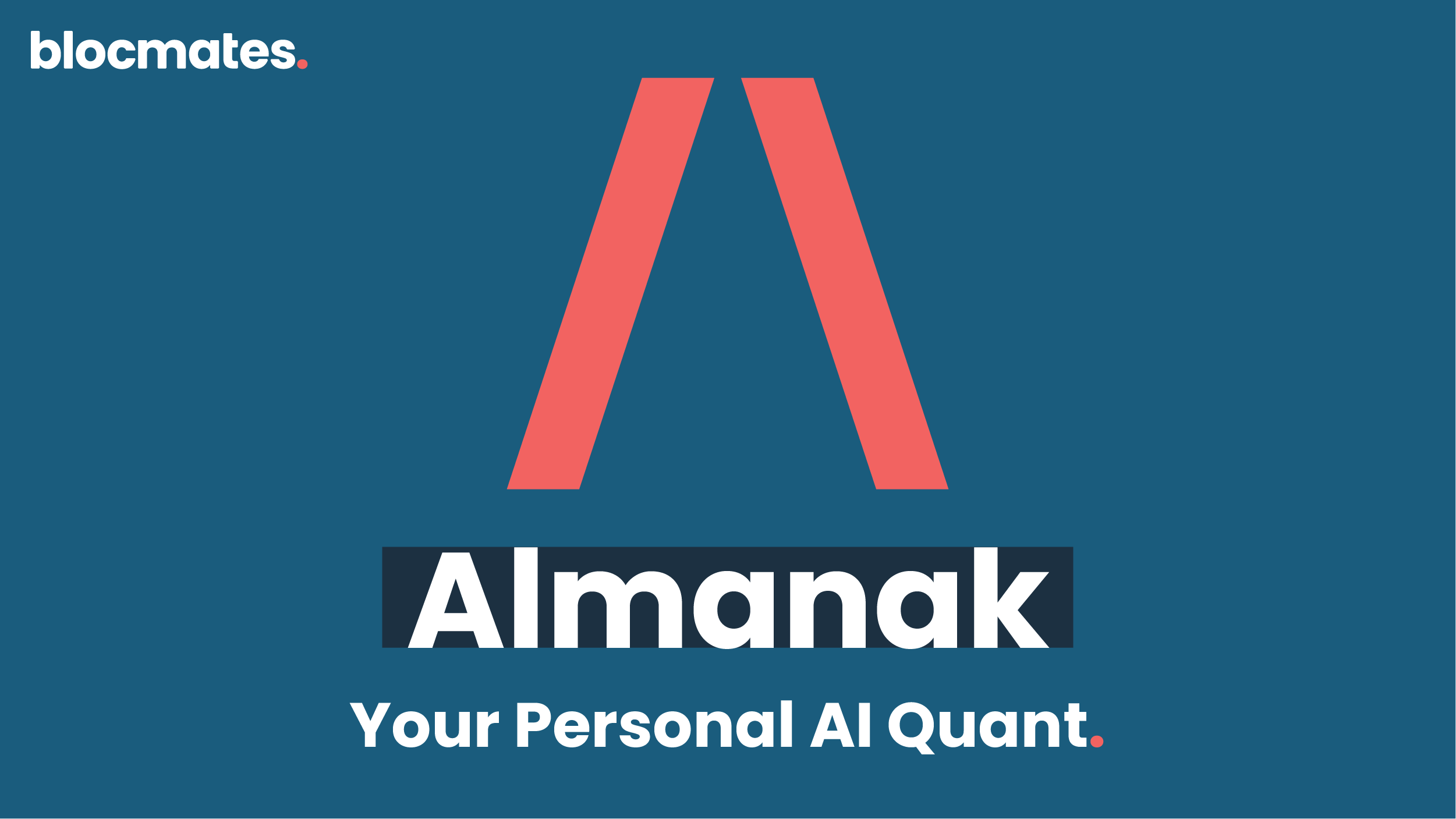
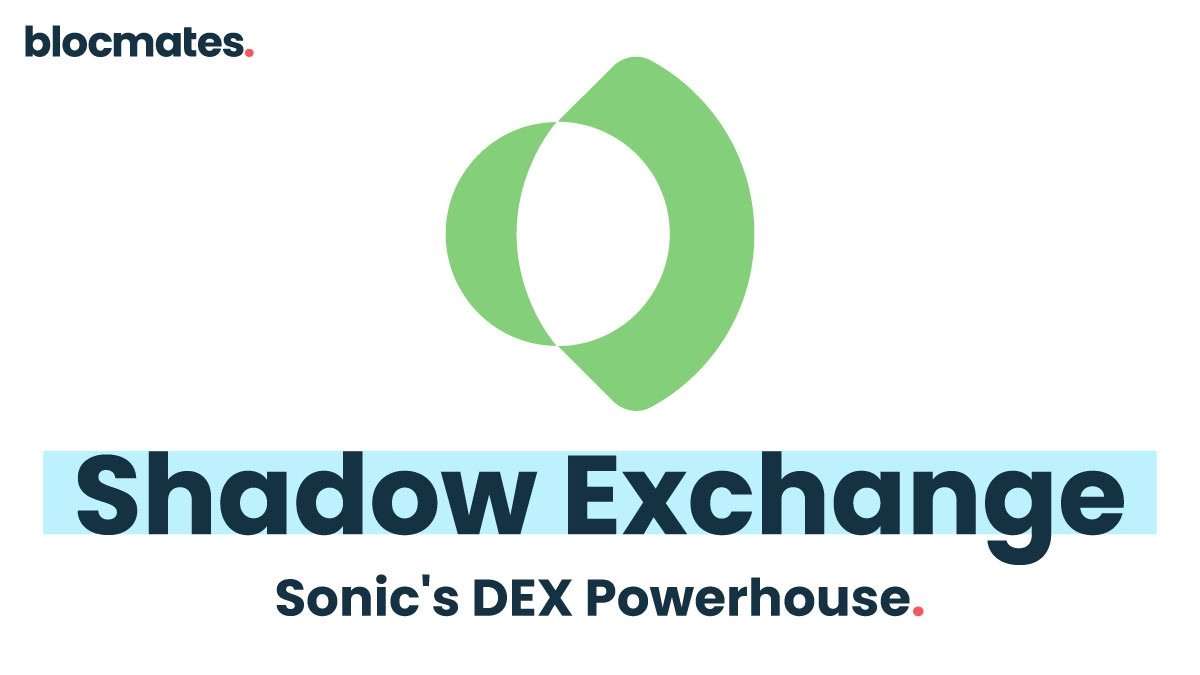
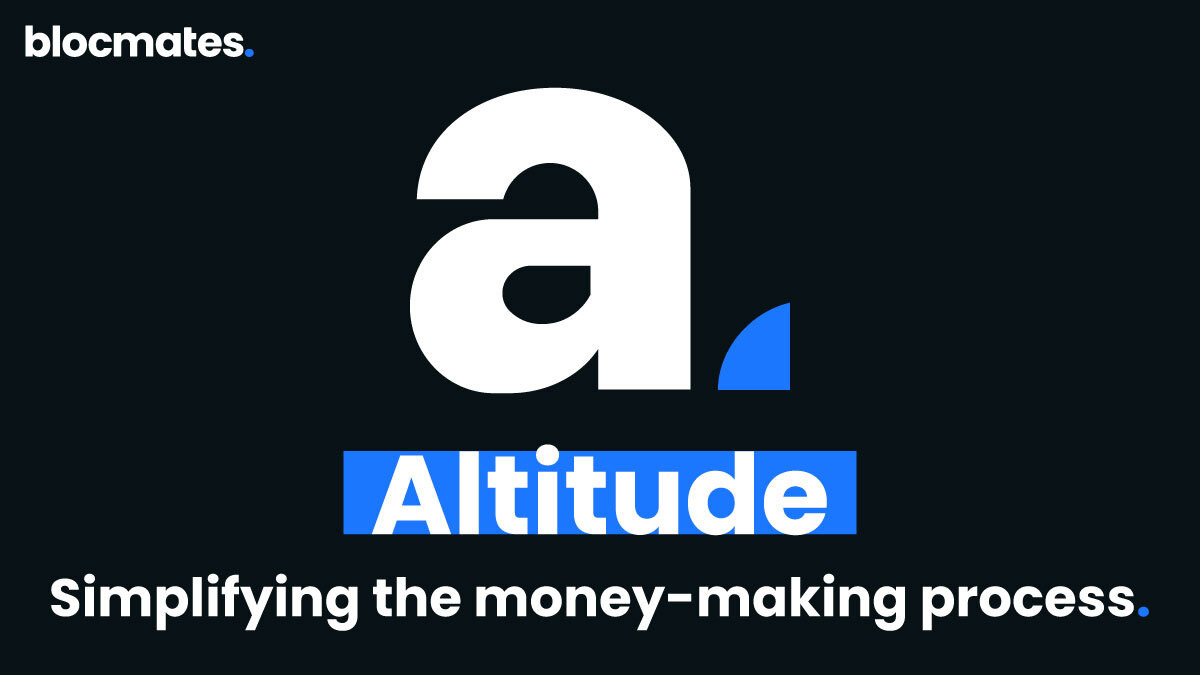
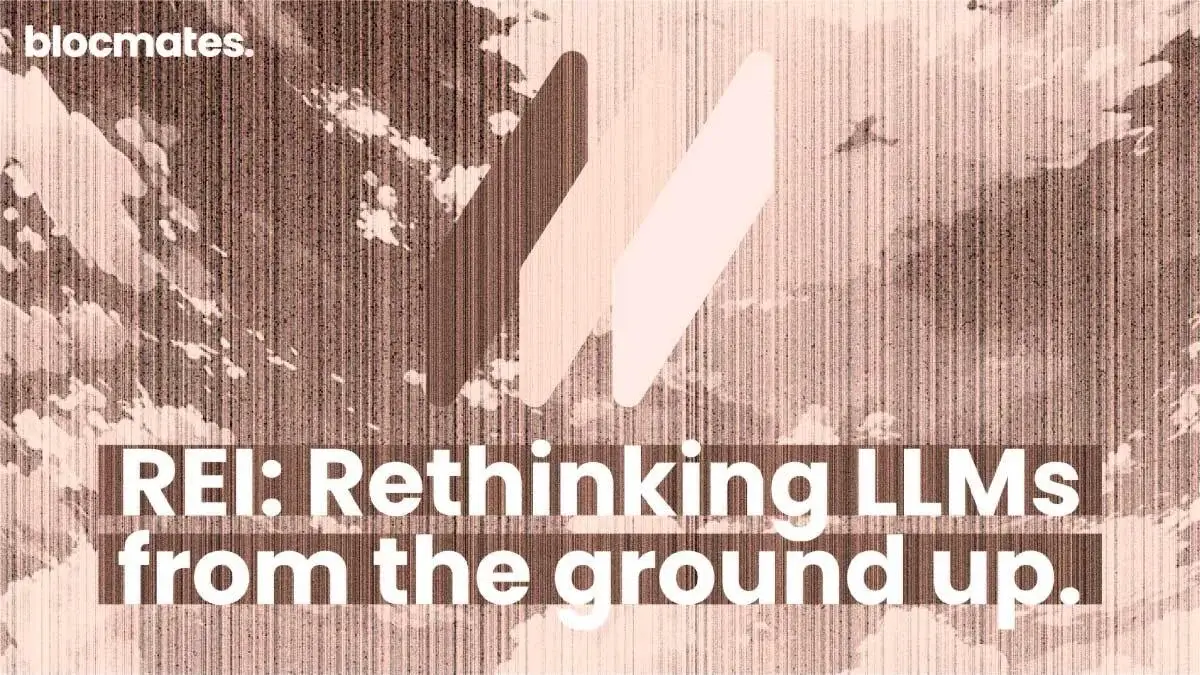
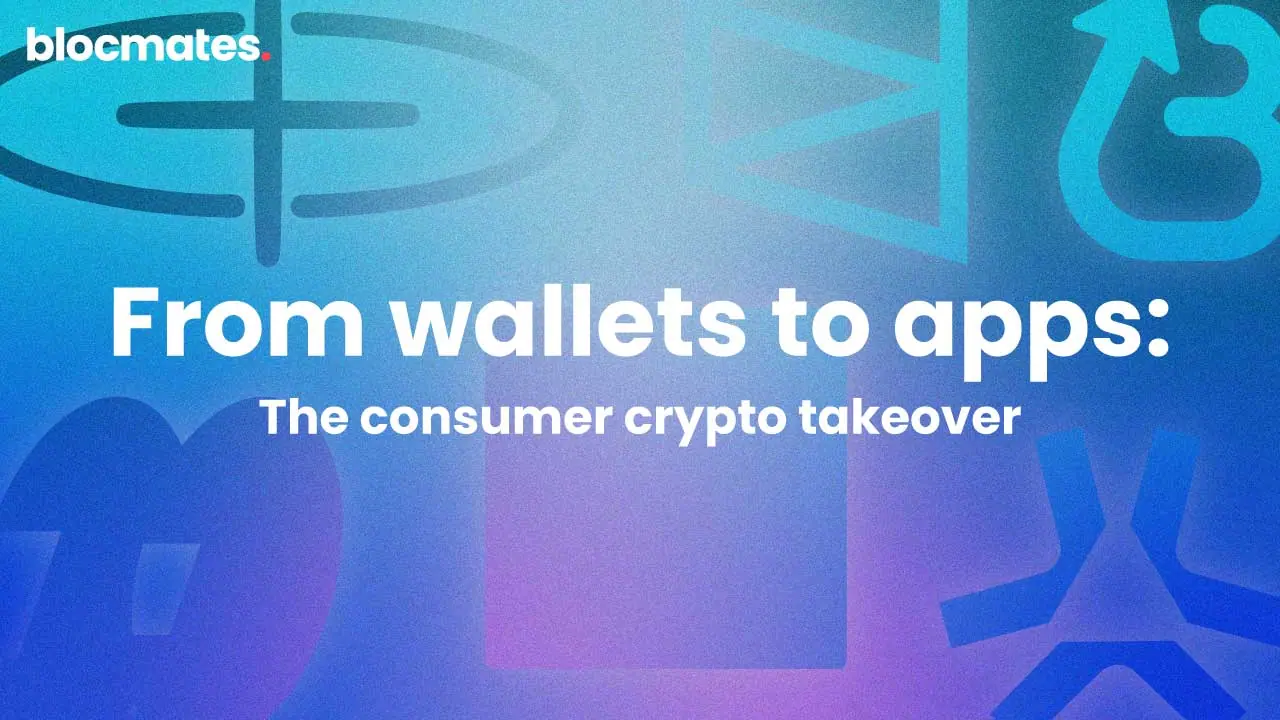


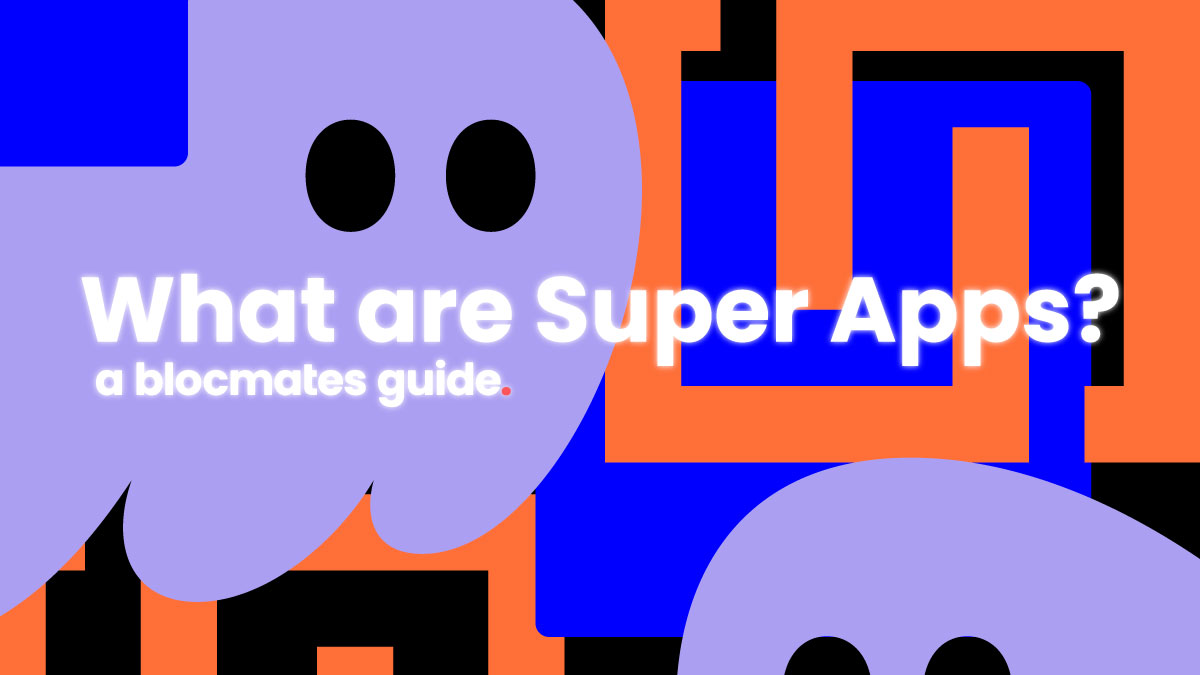
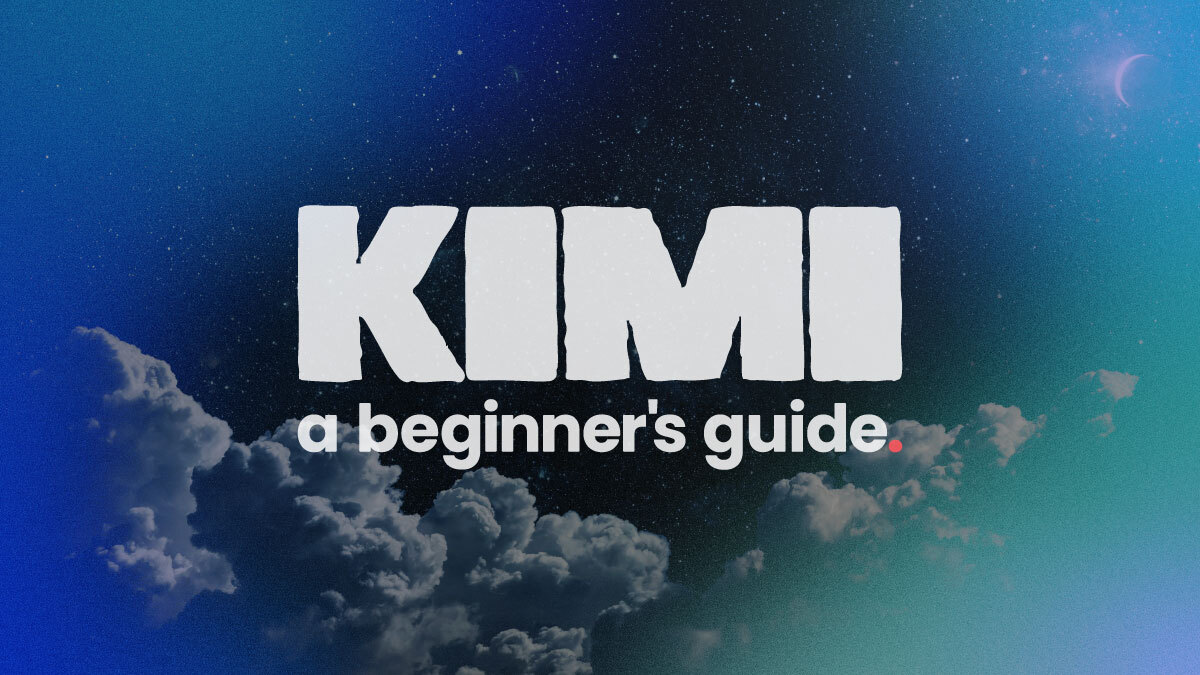
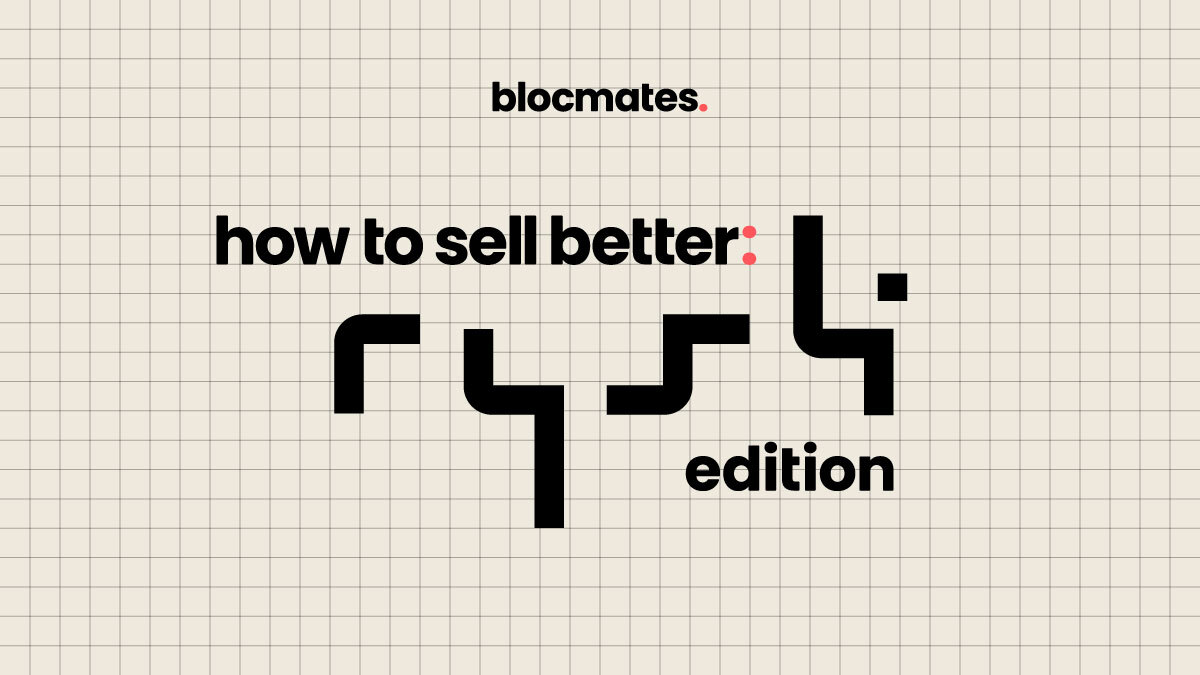
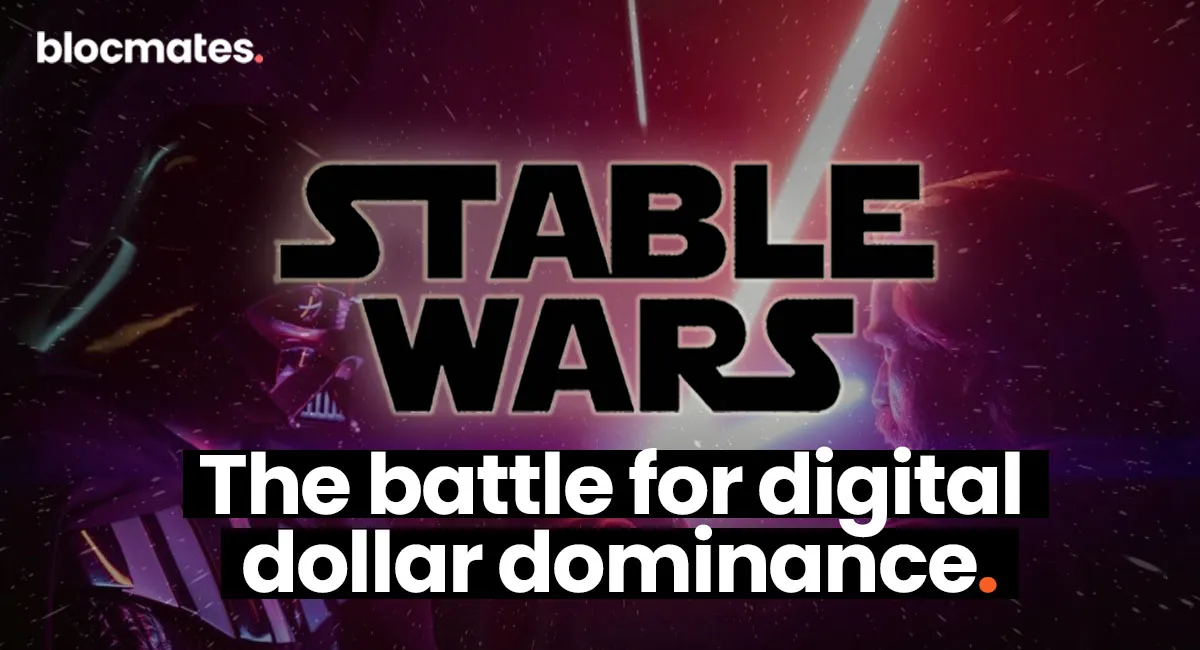

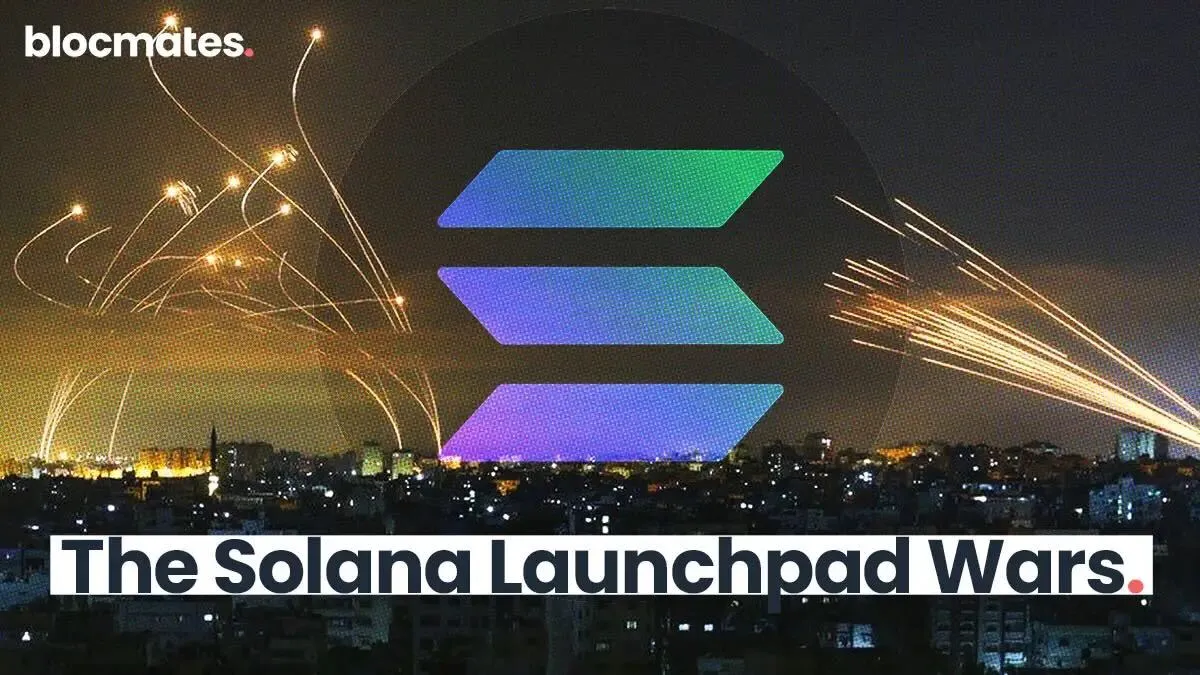




















%202.webp)


.webp)

.webp)
.webp)
.webp)


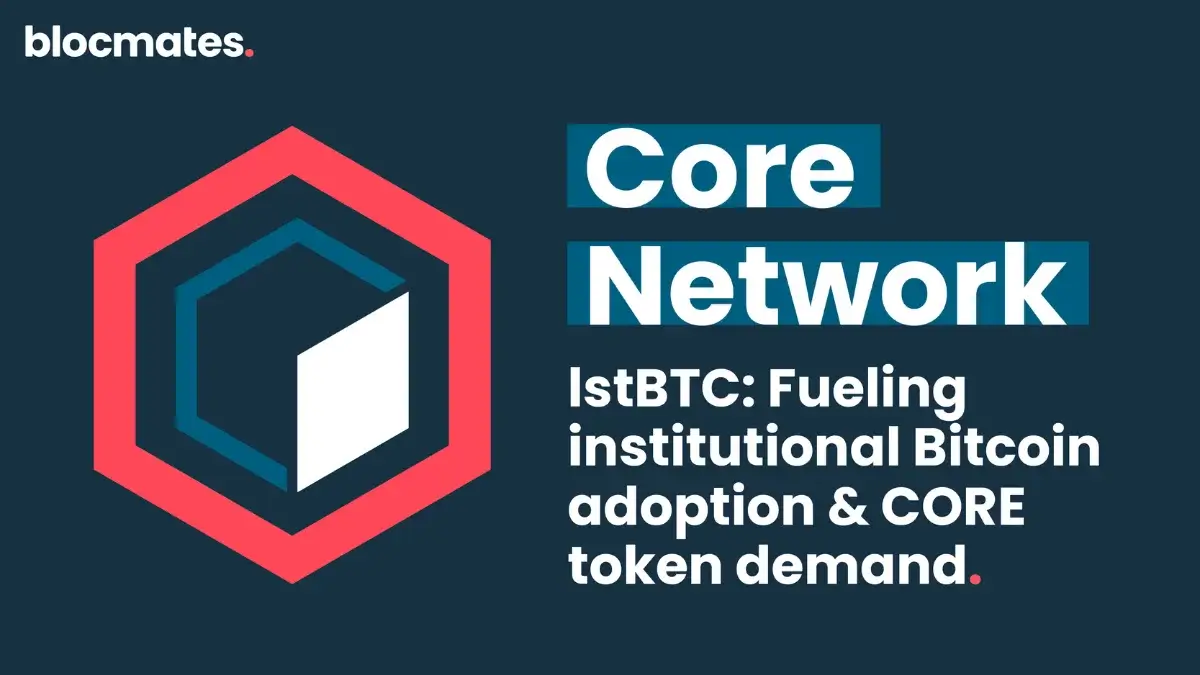

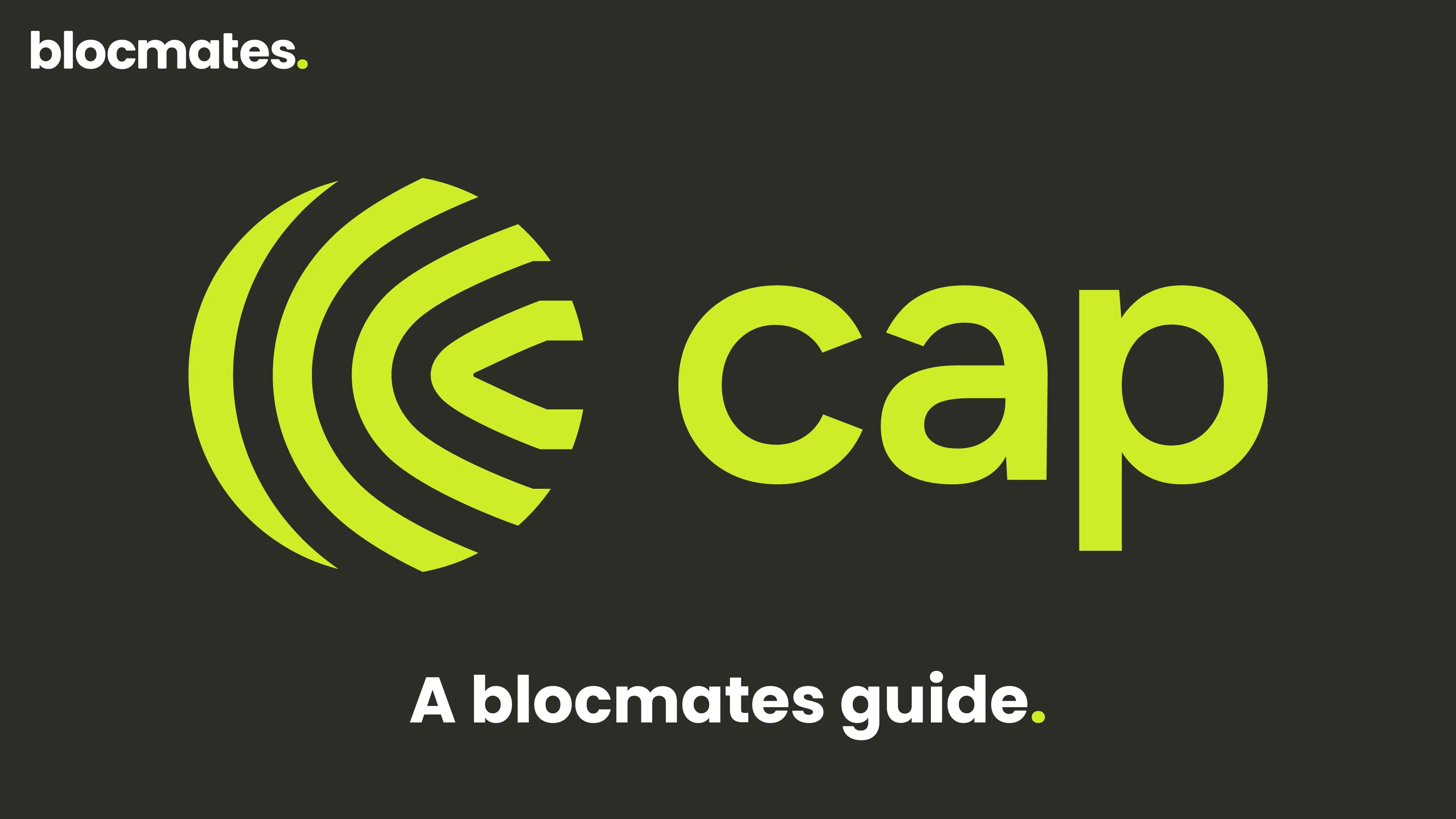










%20the%20Next%20Big%20Unlock%20in%20AI.webp)








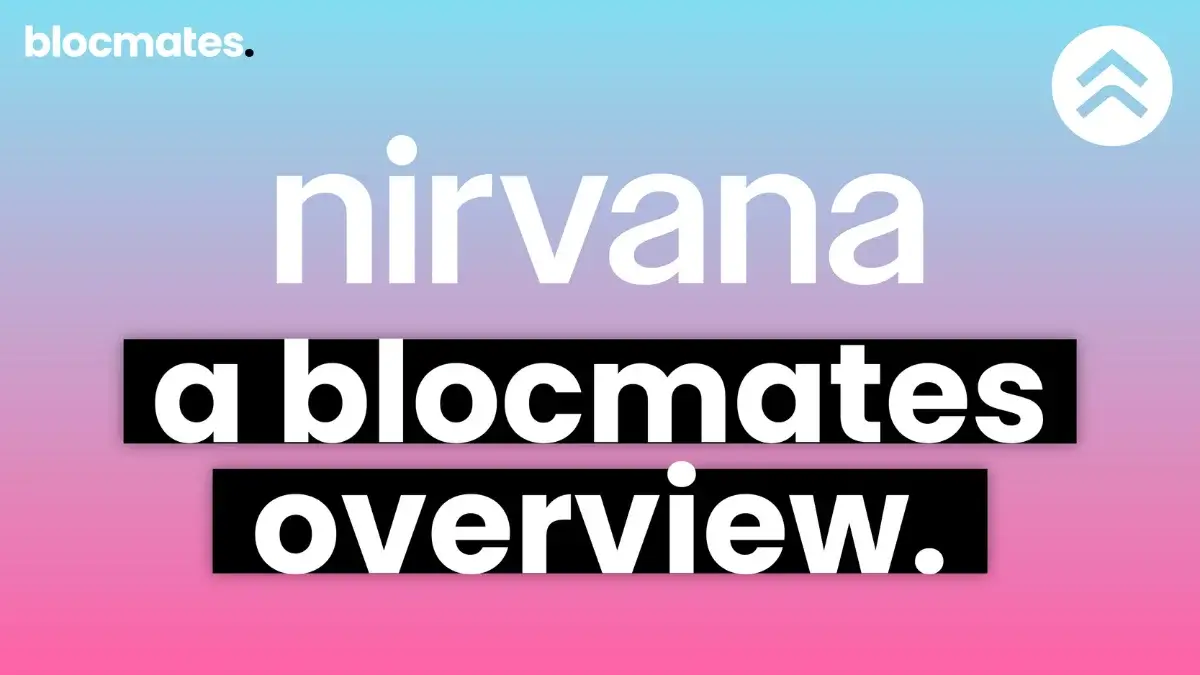





.webp)
.webp)

.webp)
.webp)
.webp)


.webp)
.webp)










.webp)


.webp)






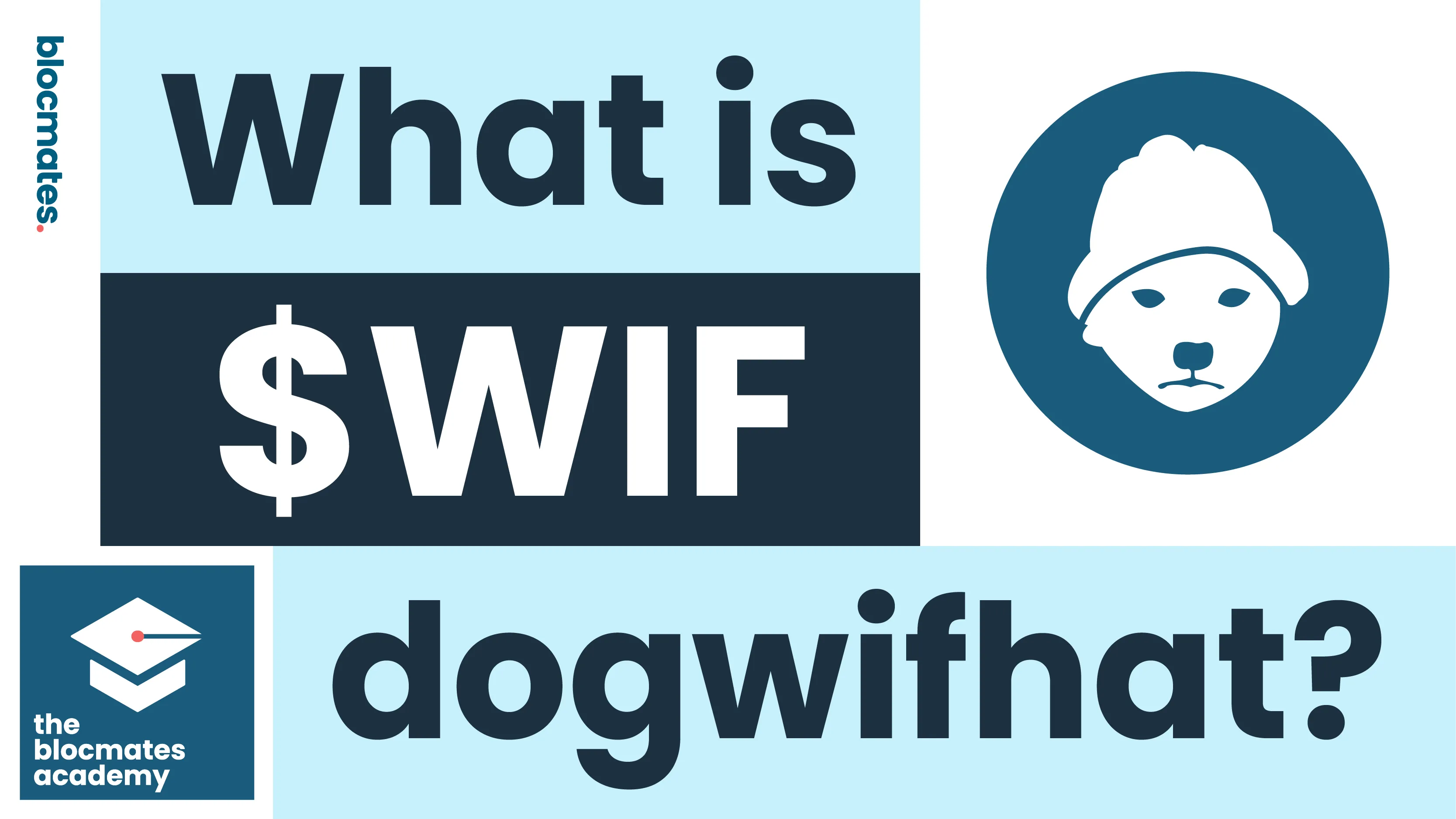


.webp)







.webp)
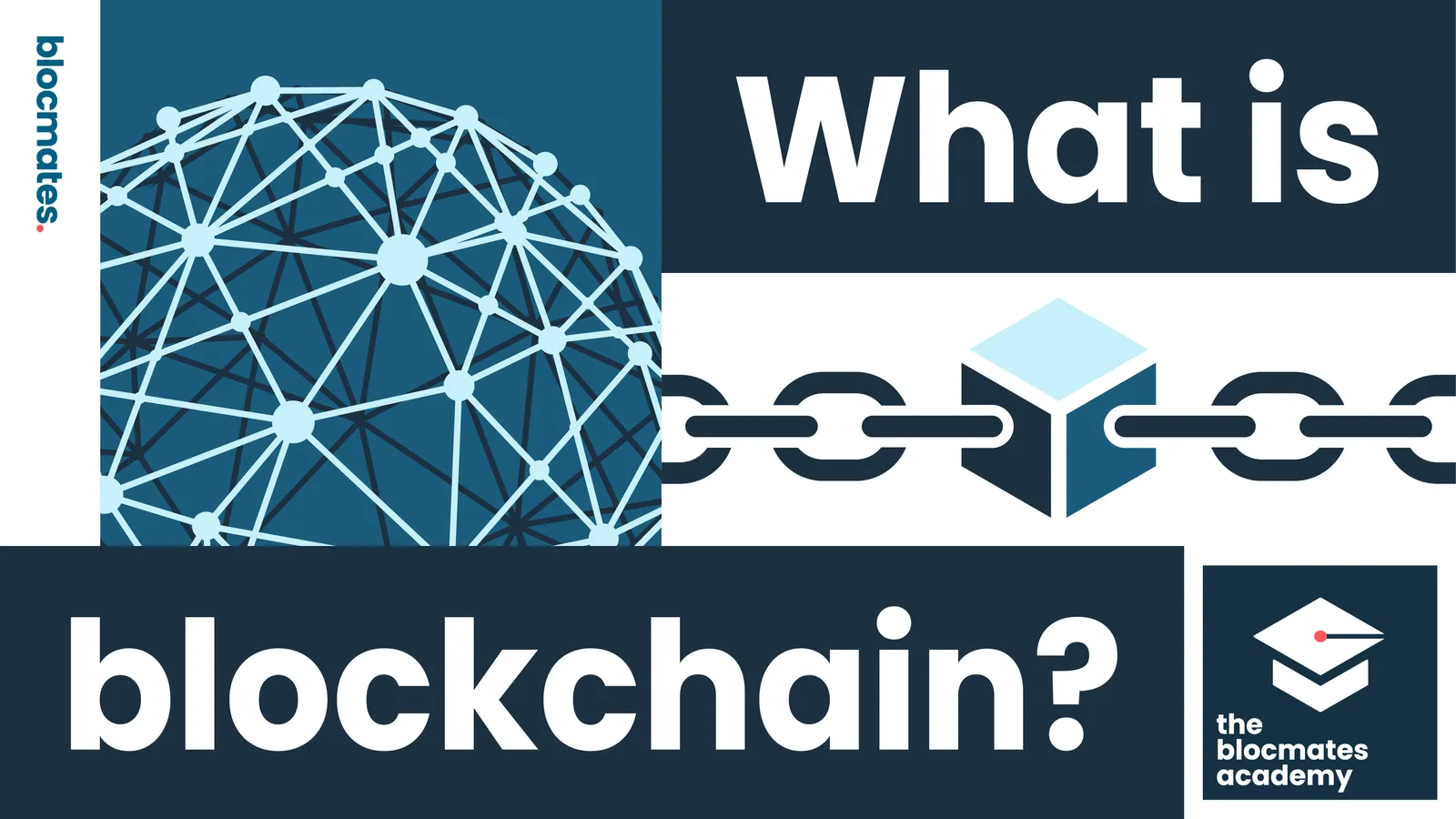



.webp)






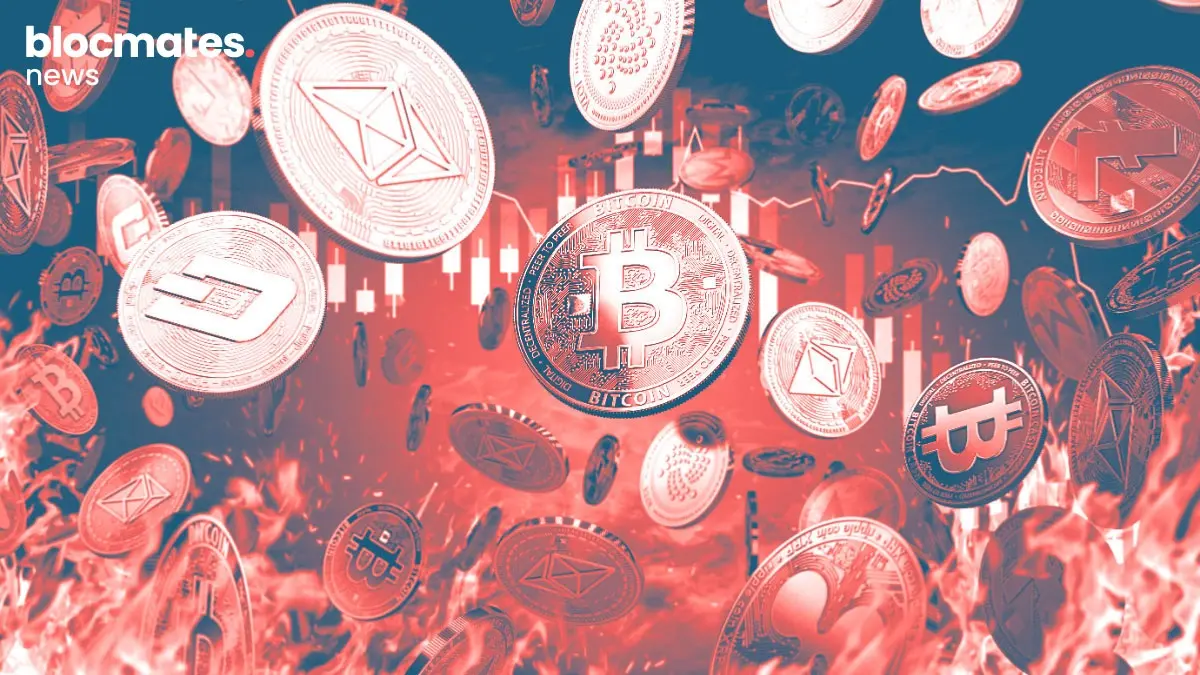

.webp)
.webp)
.webp)


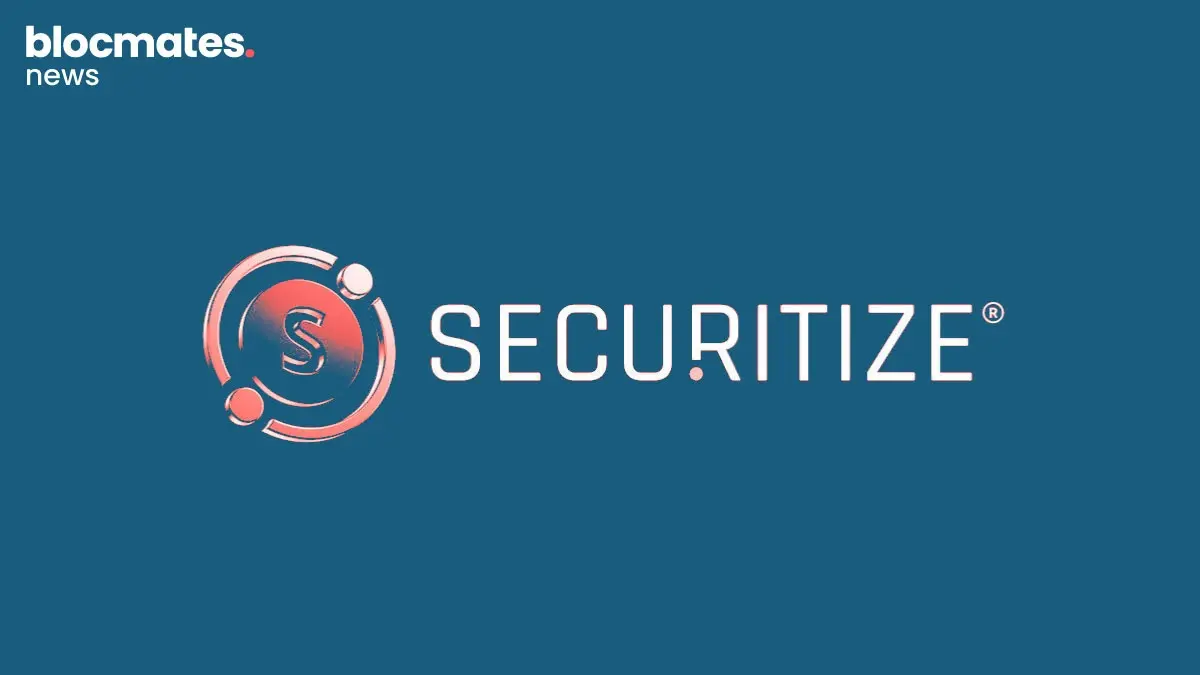
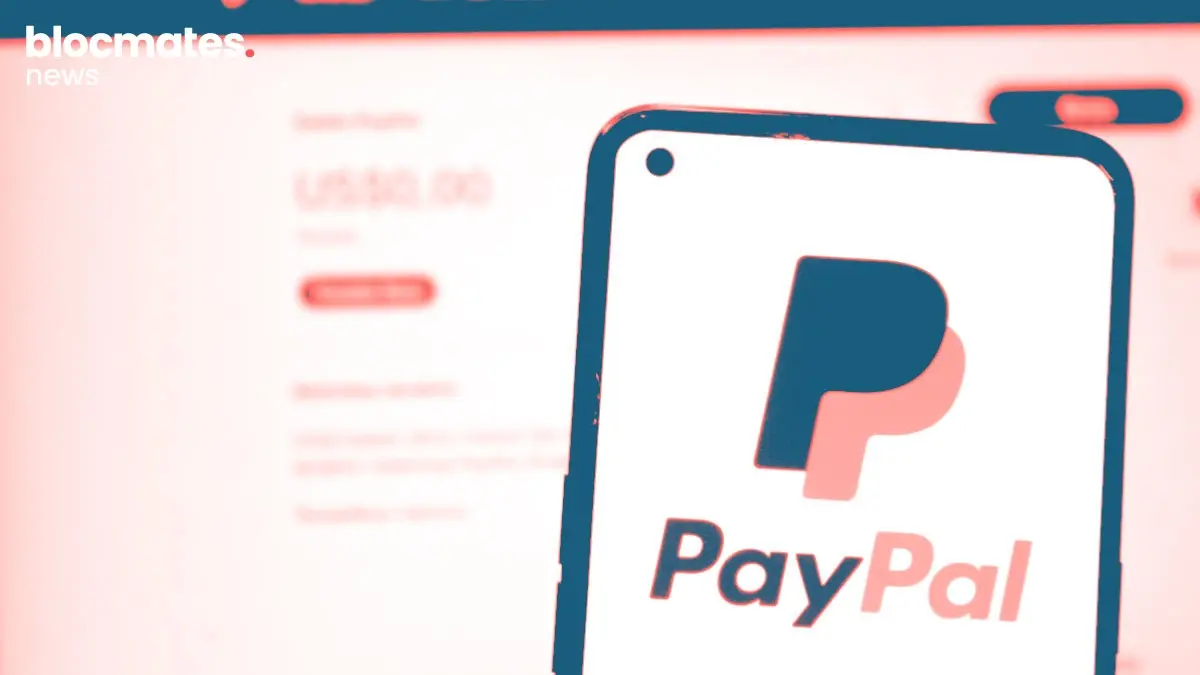

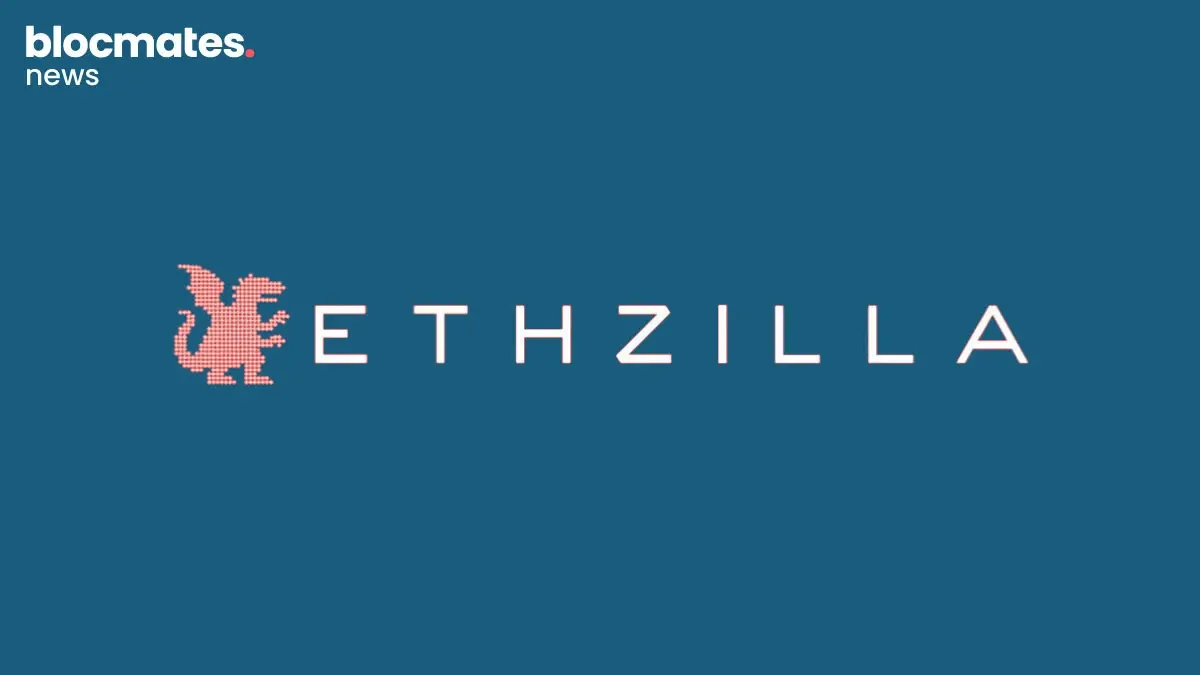
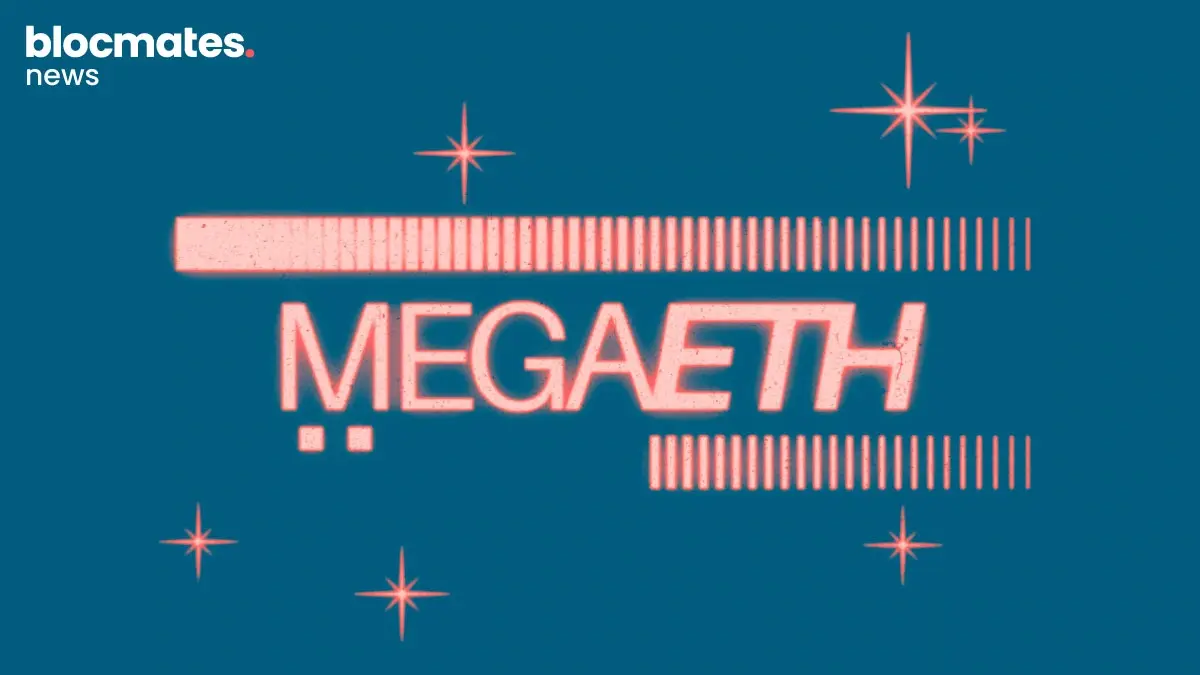
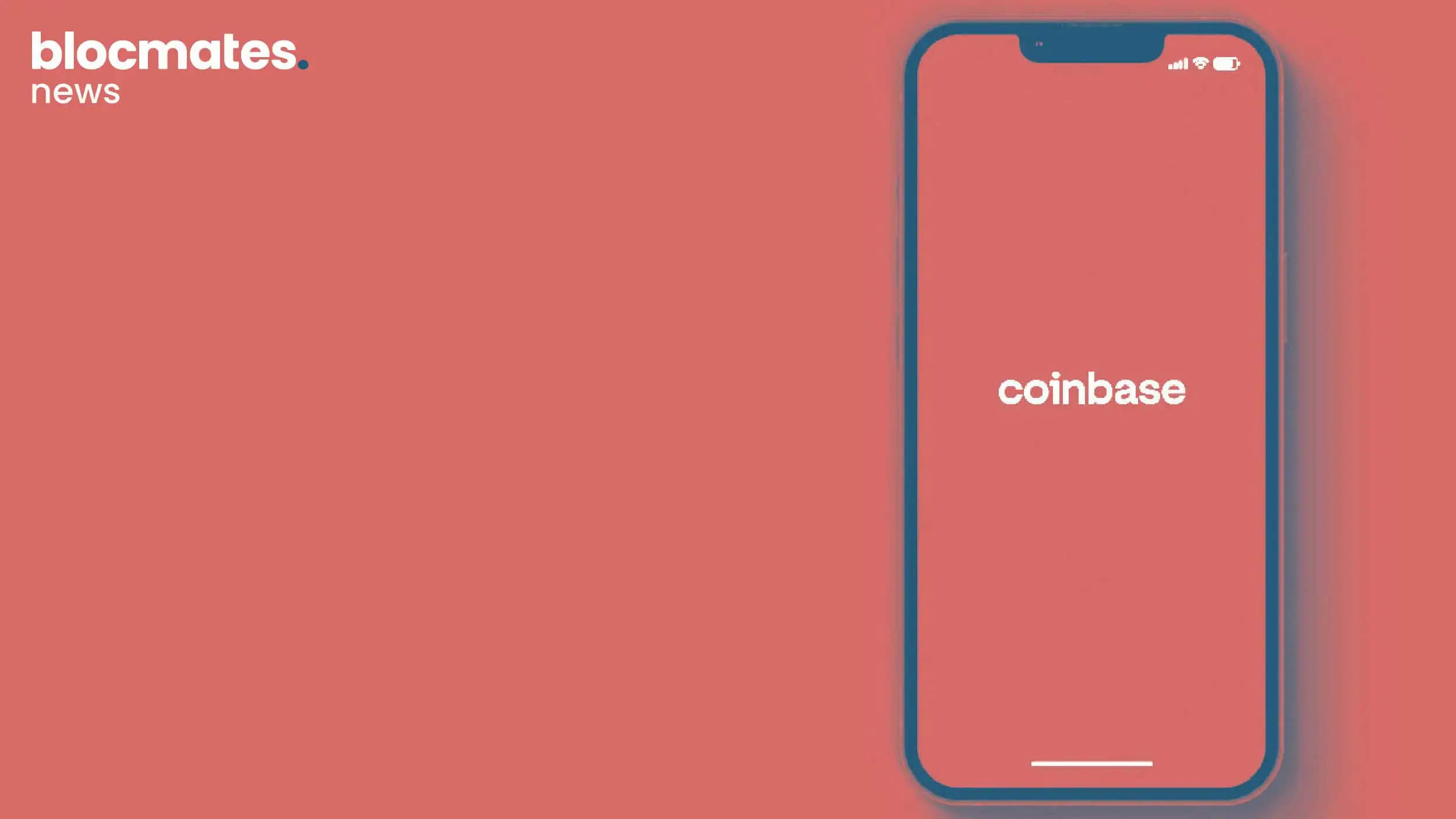
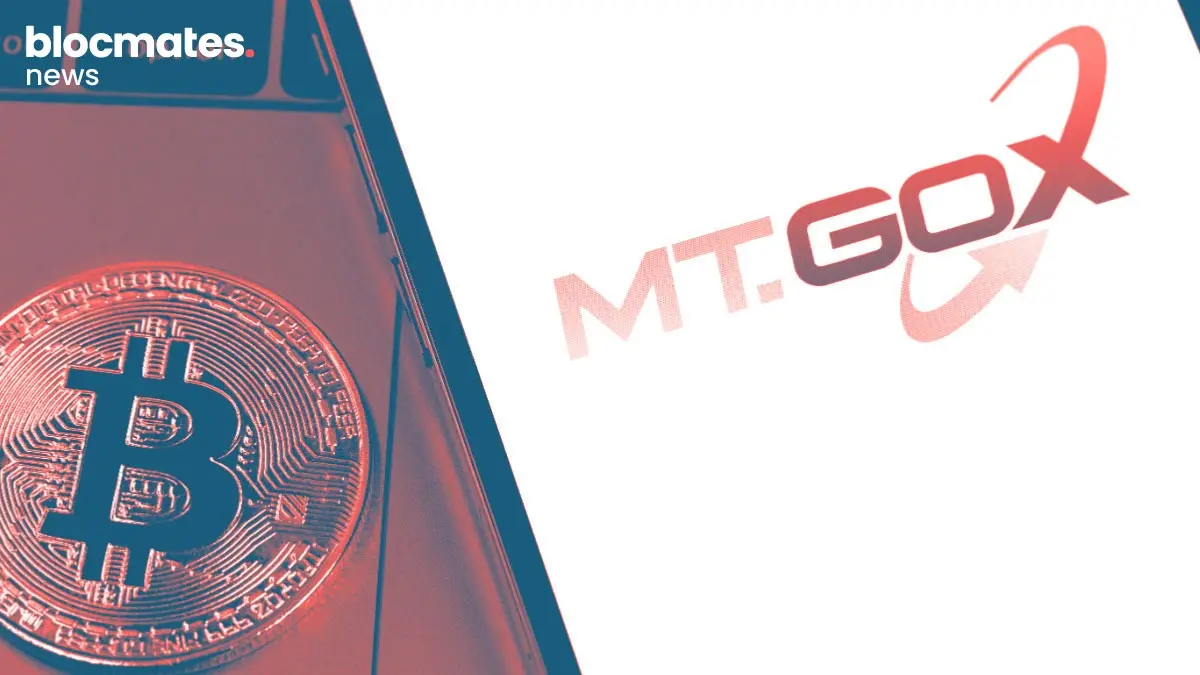

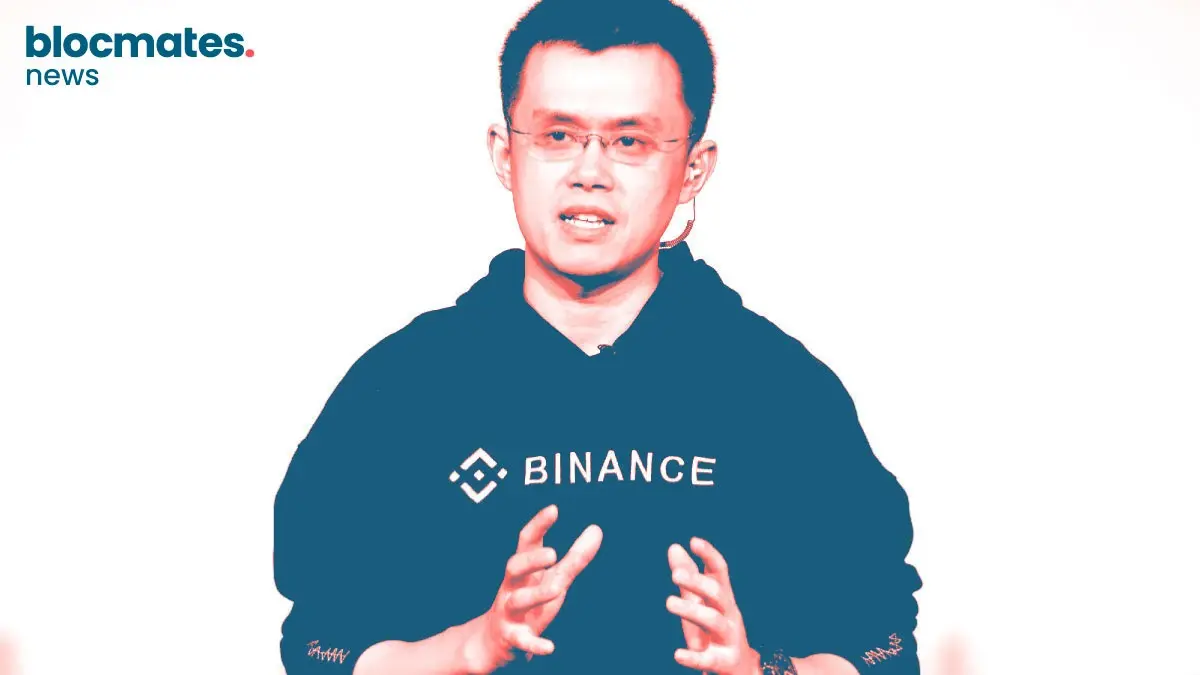




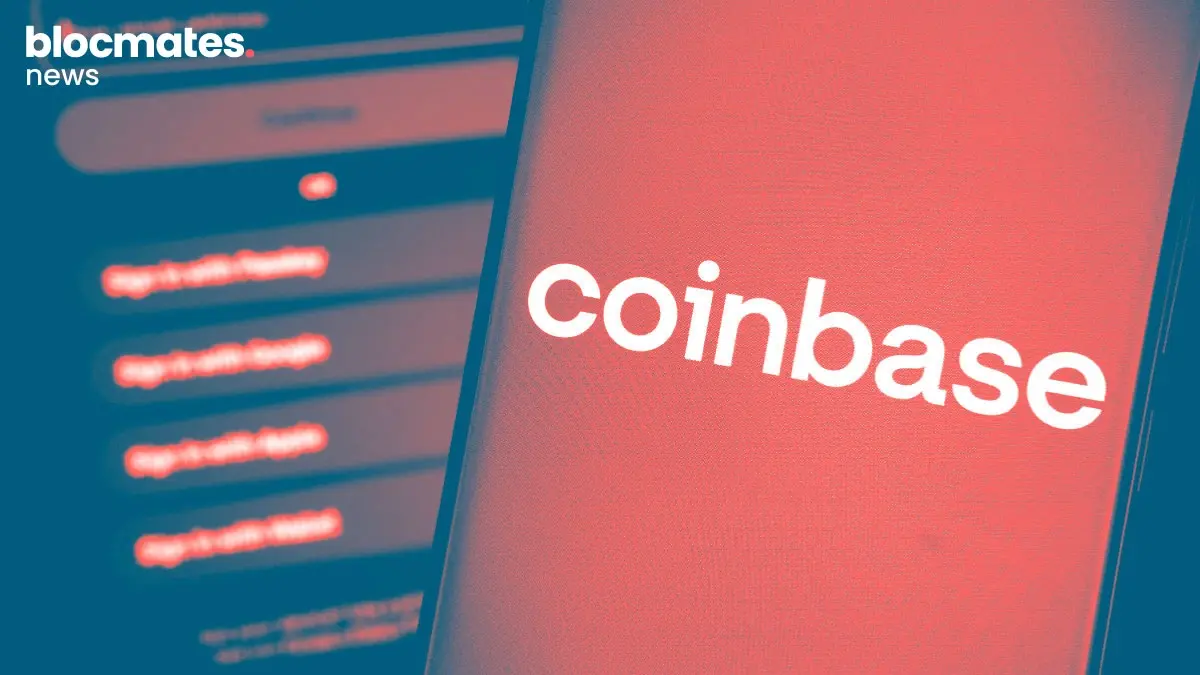
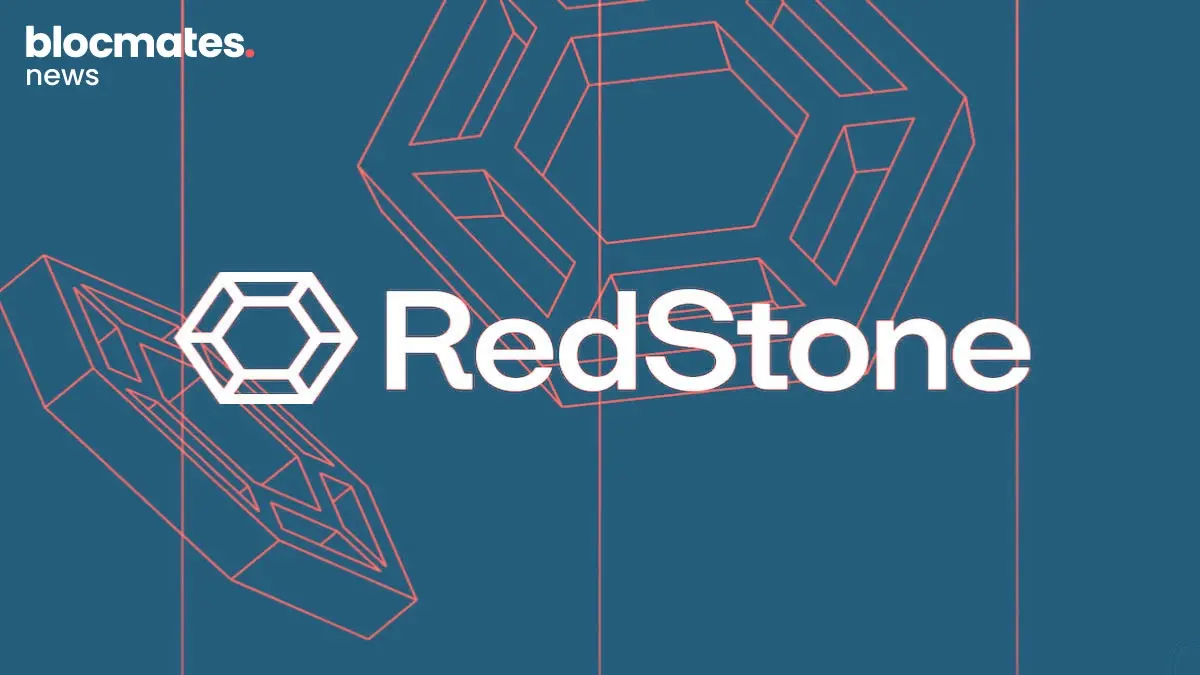
.webp)
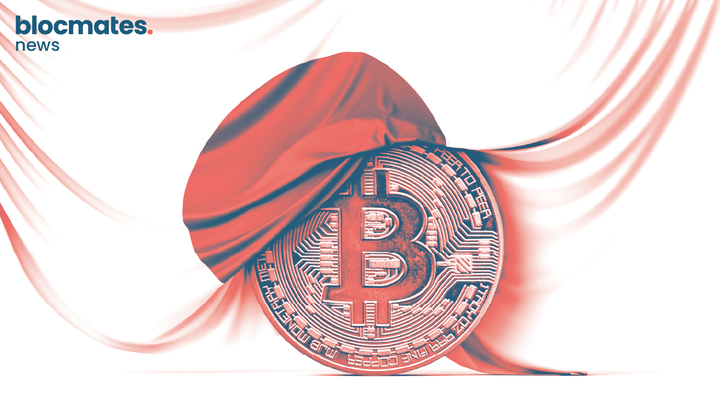
.webp)
.webp)

.webp)

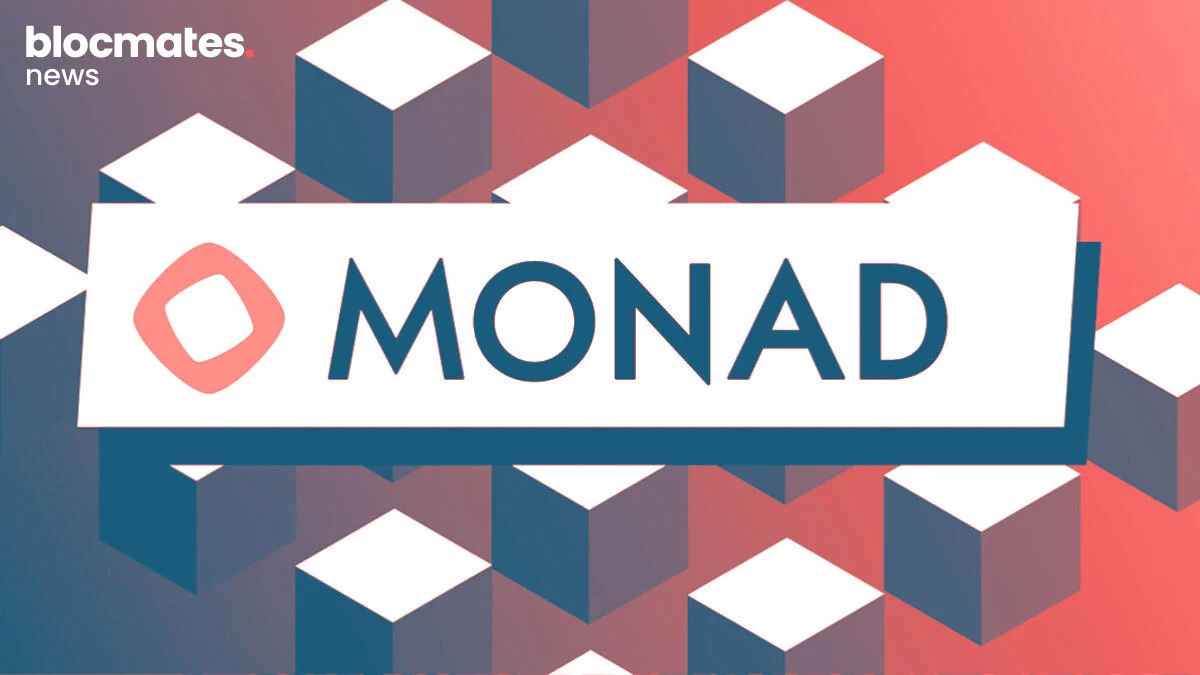

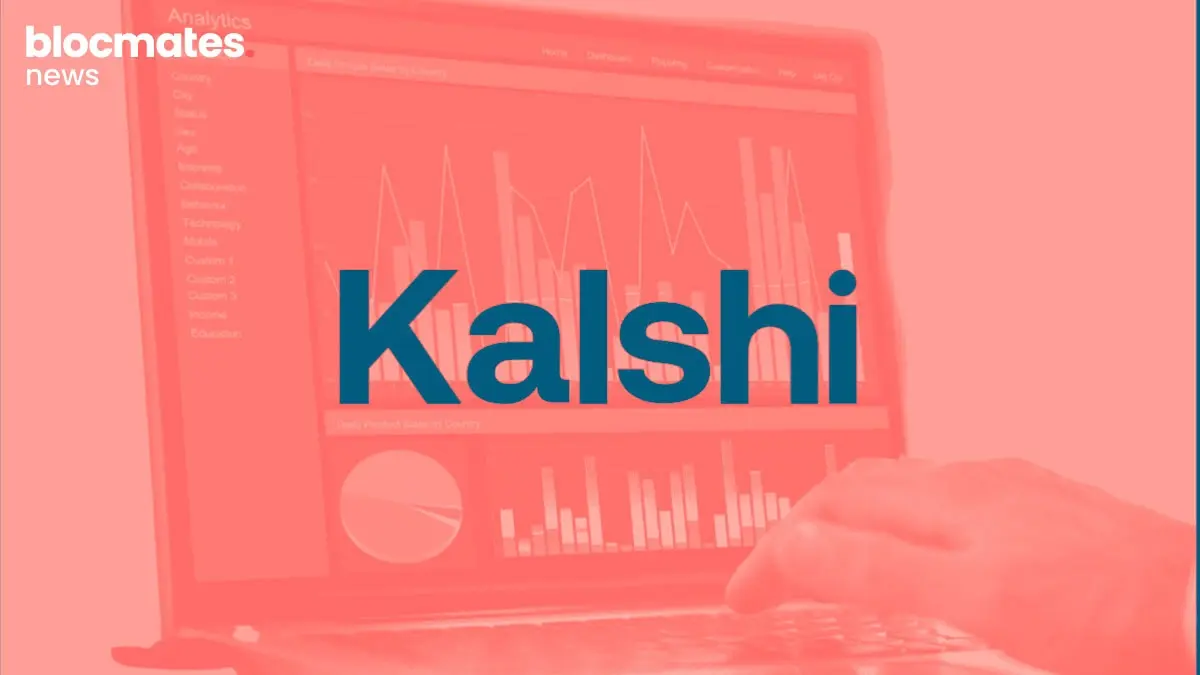
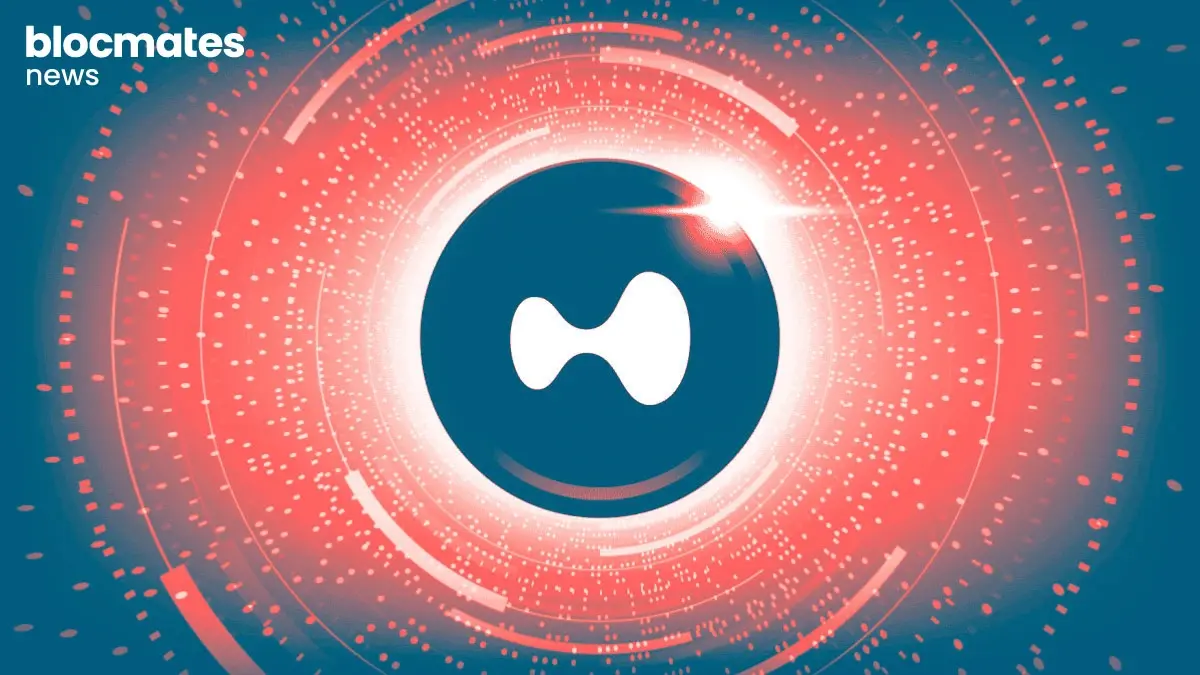




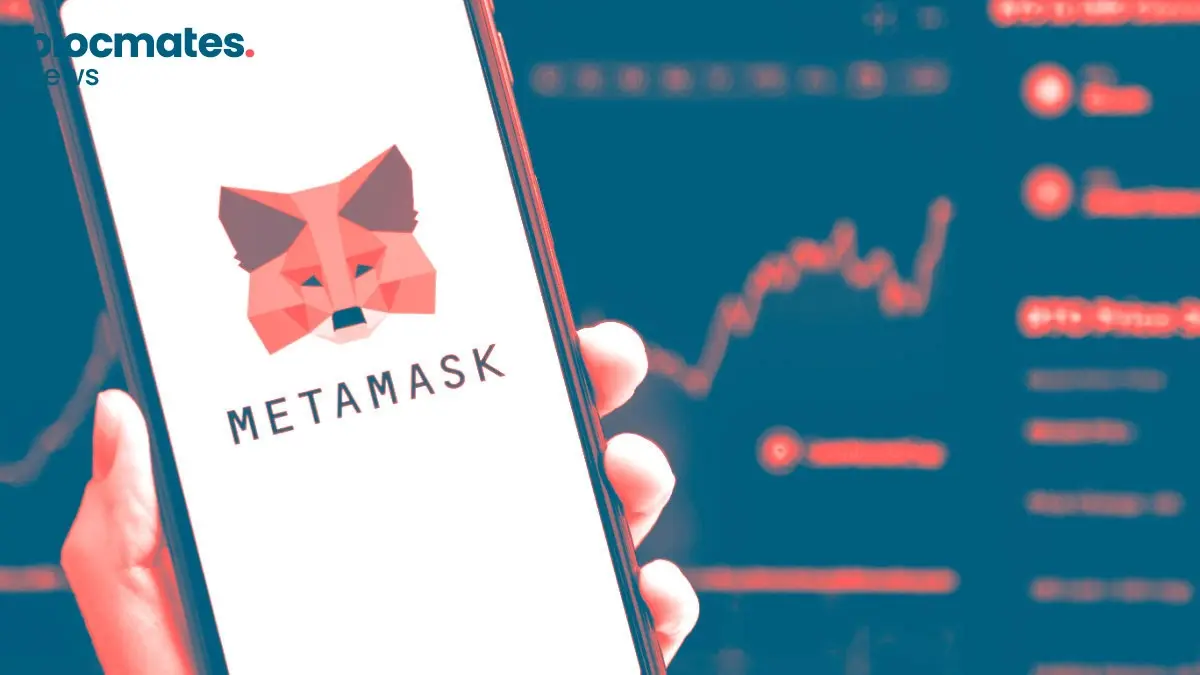
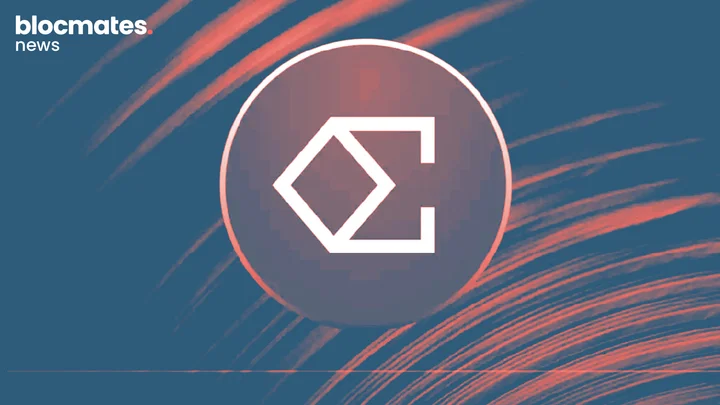
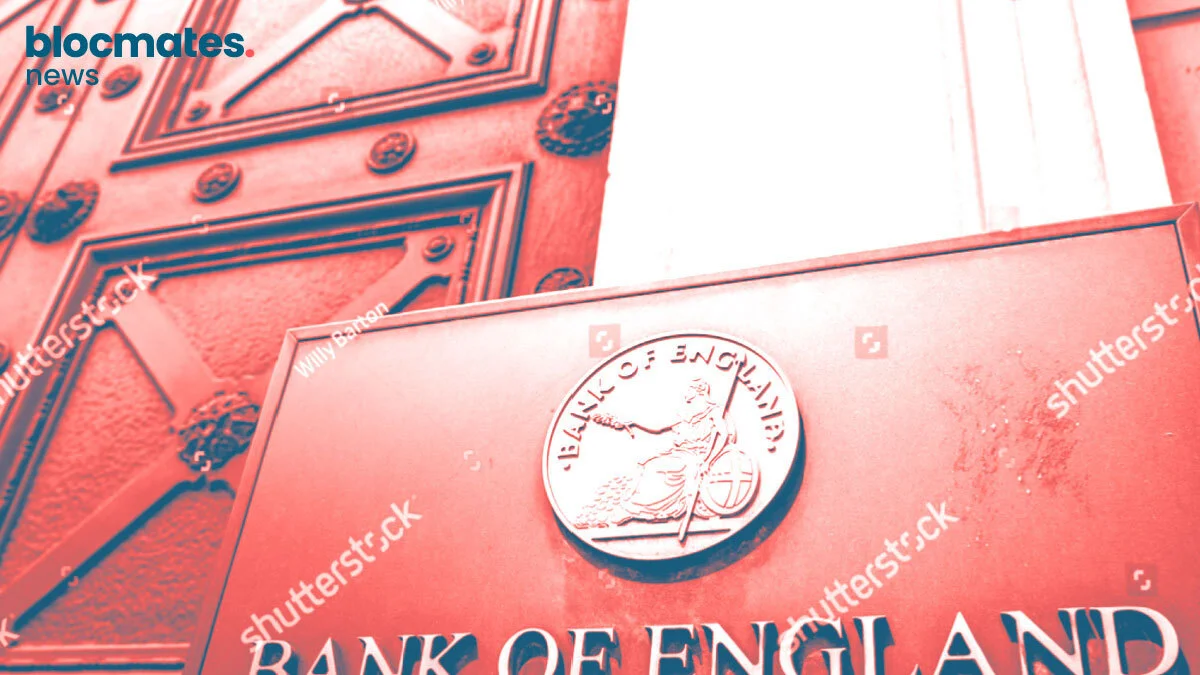
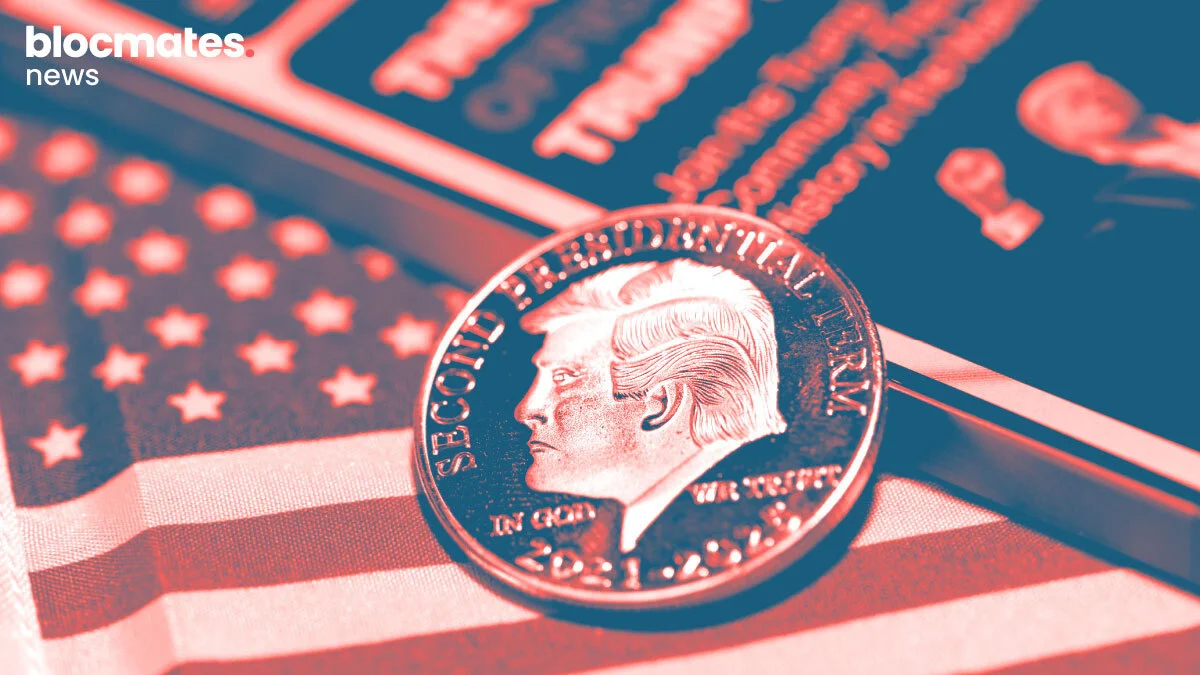
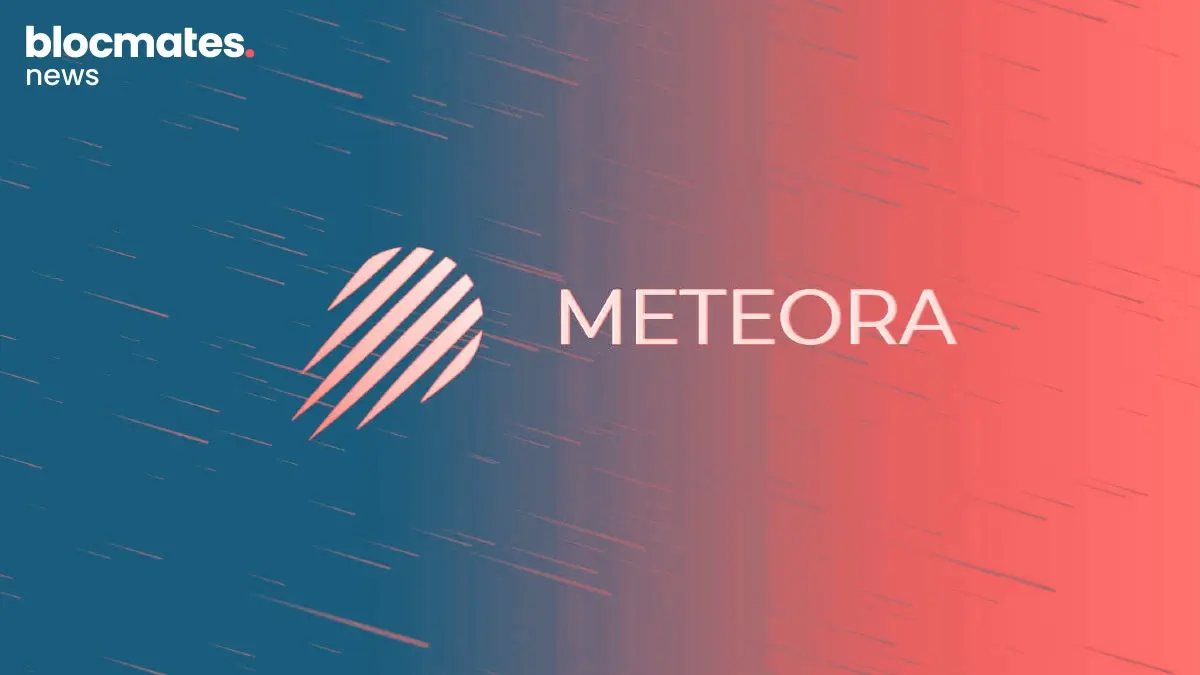
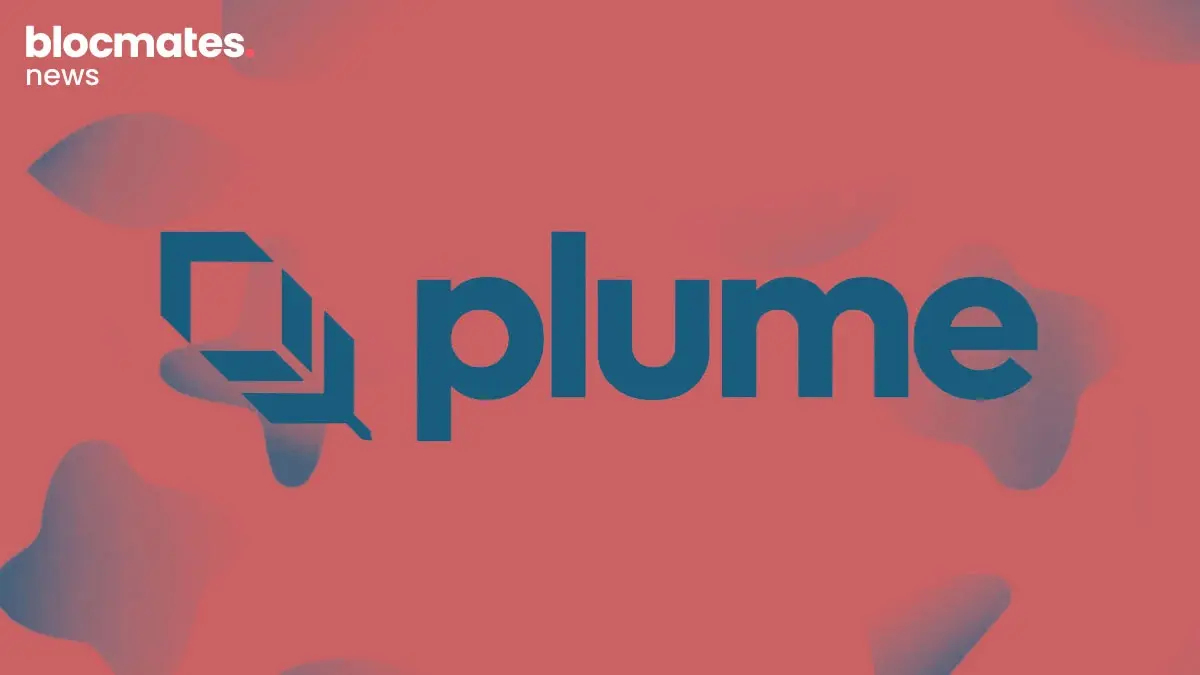

.webp)

.webp)

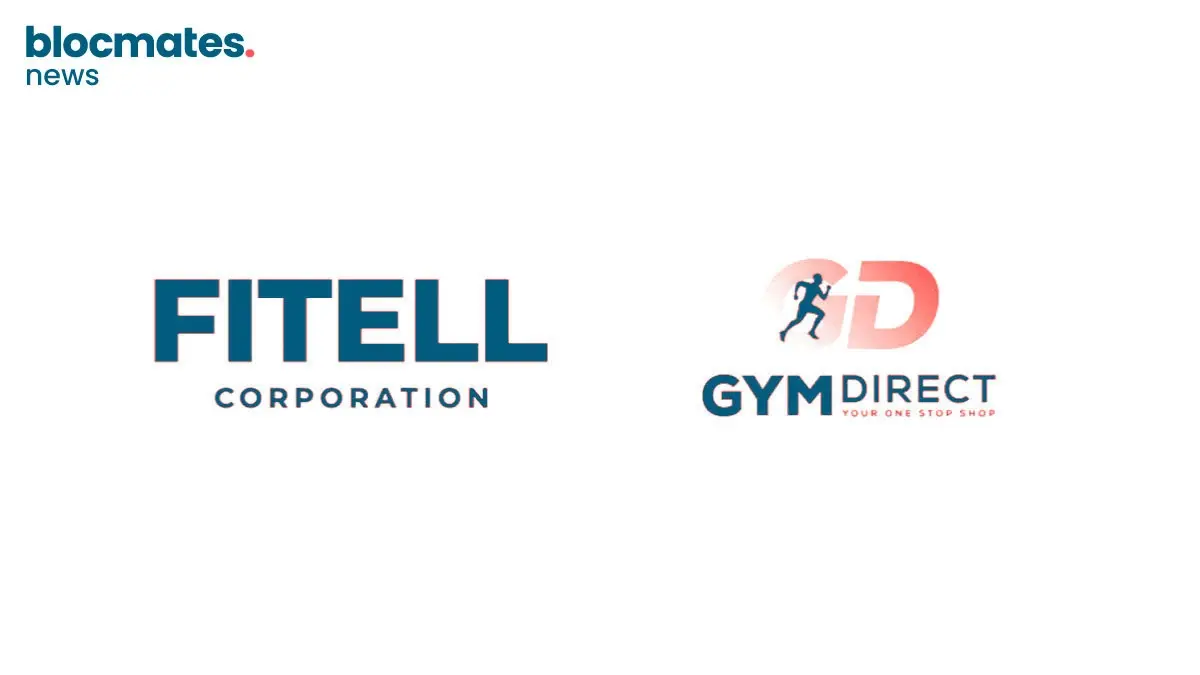
.webp)

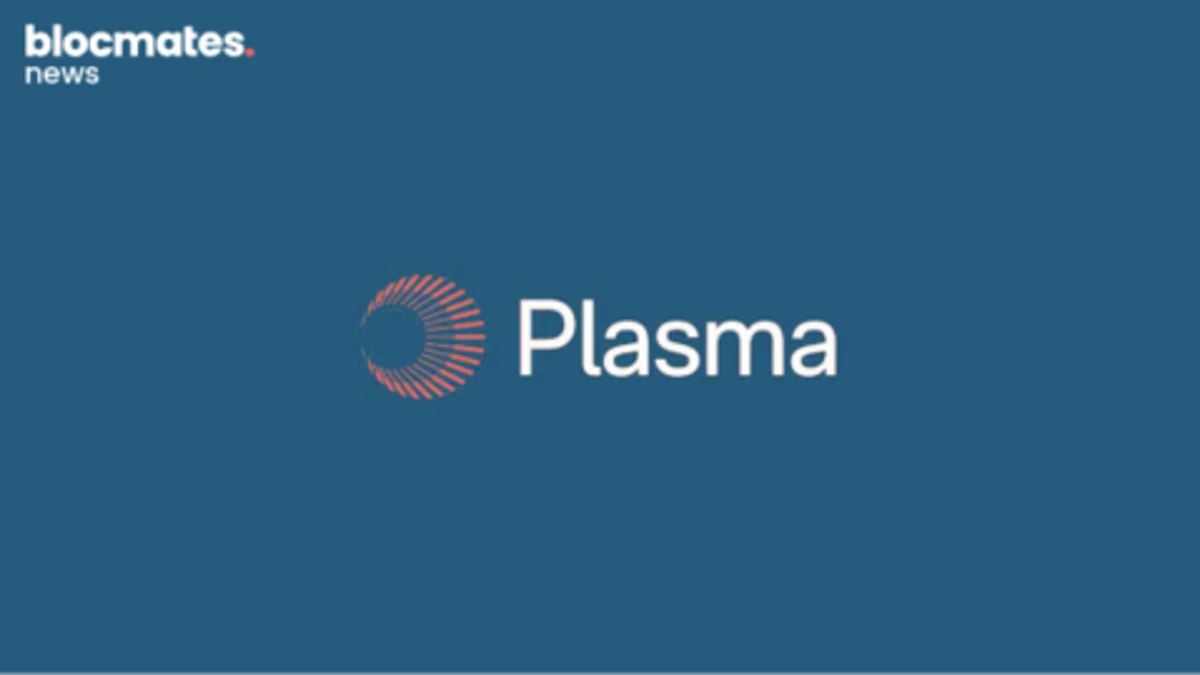


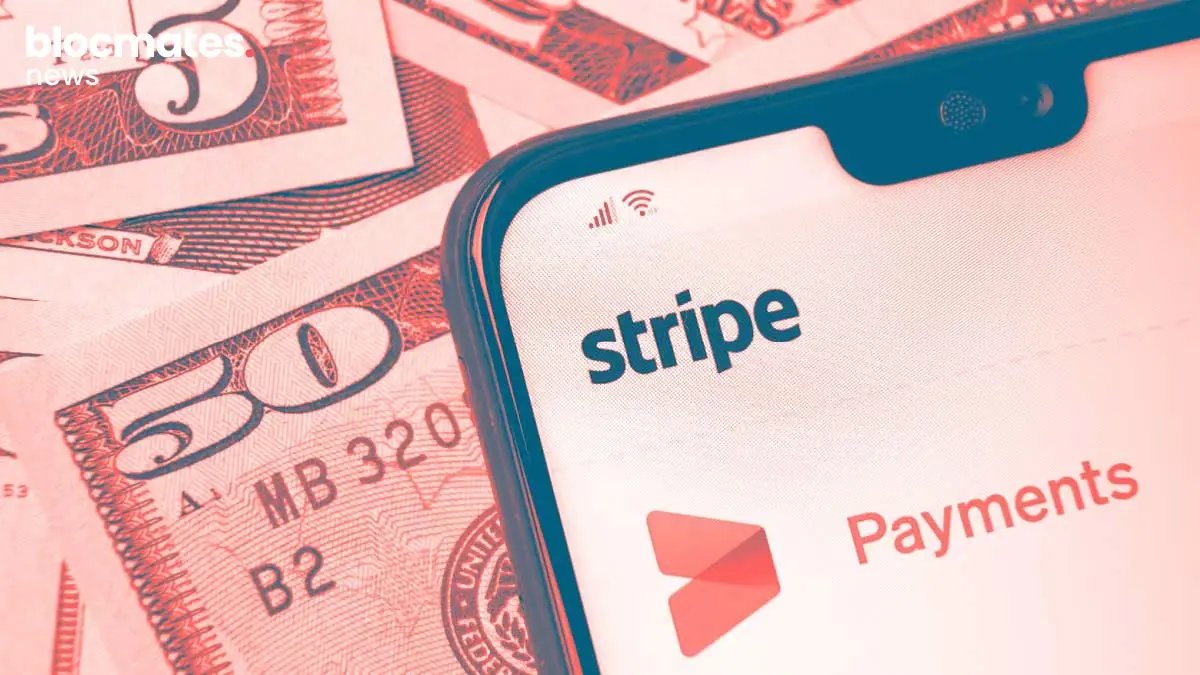
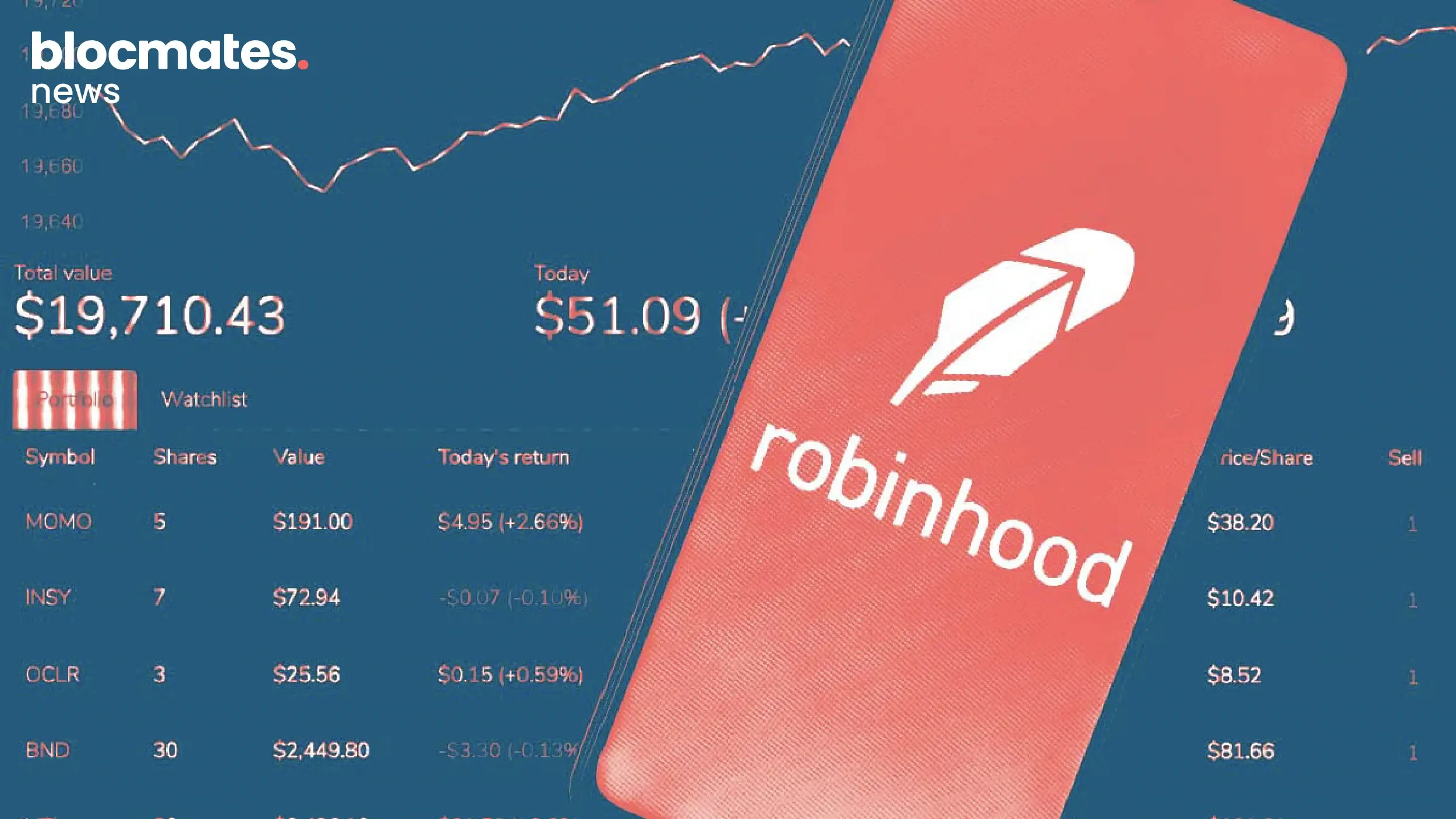


.webp)
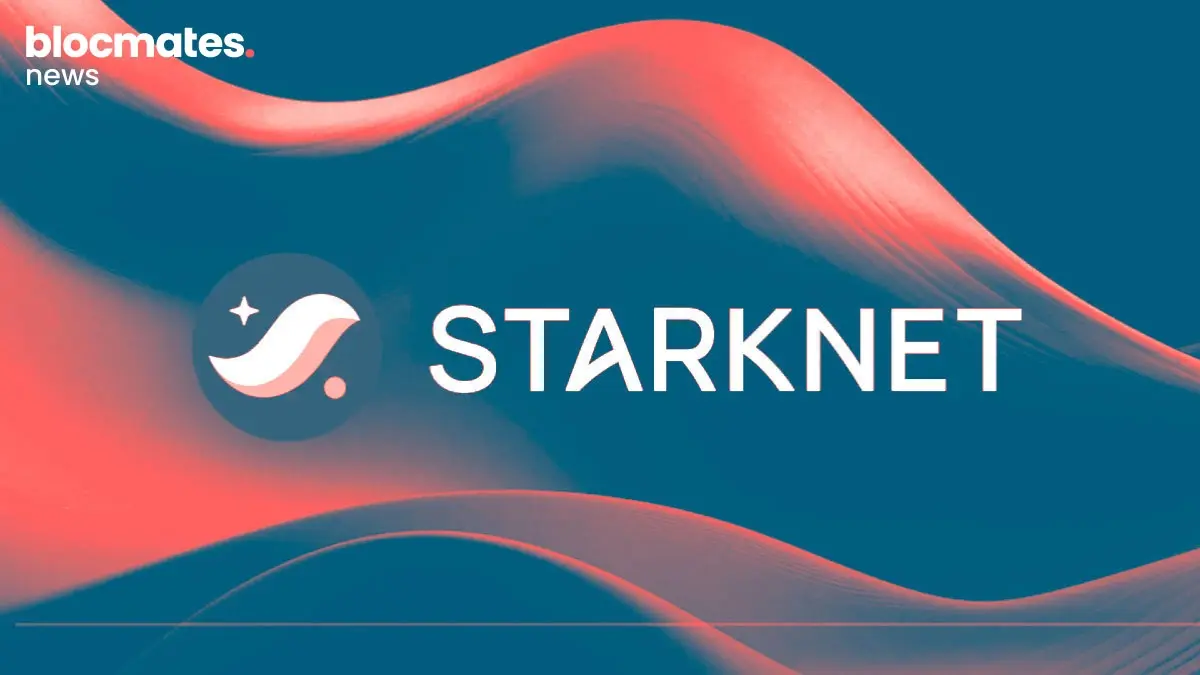




.webp)




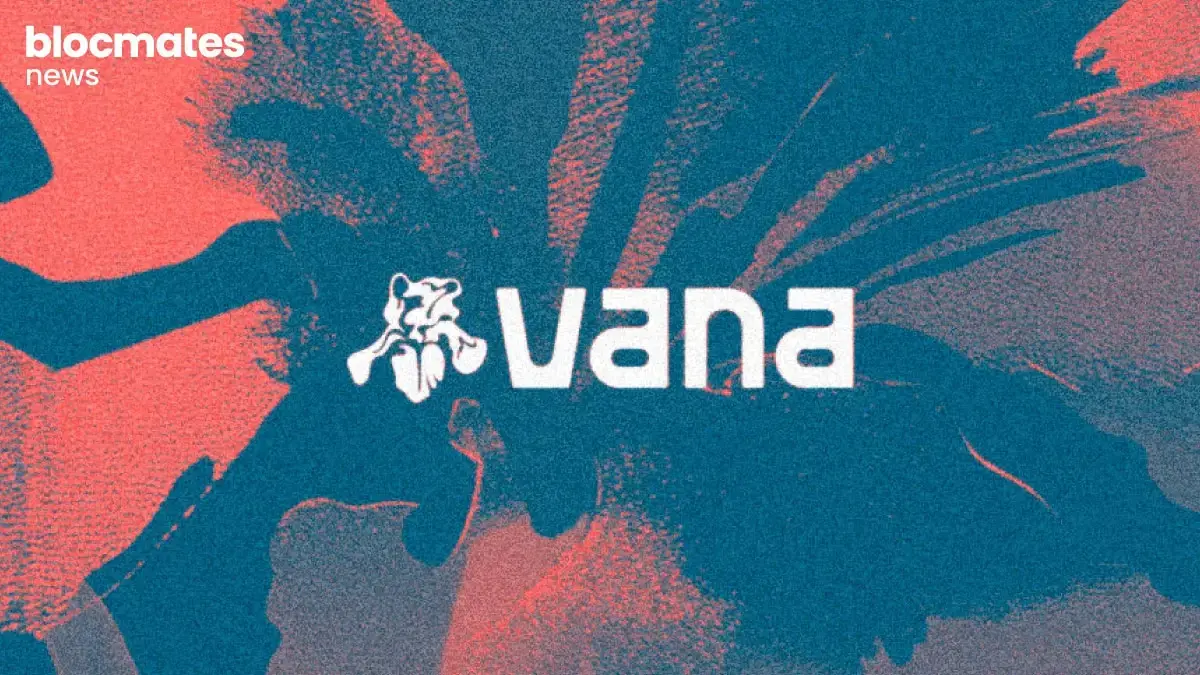


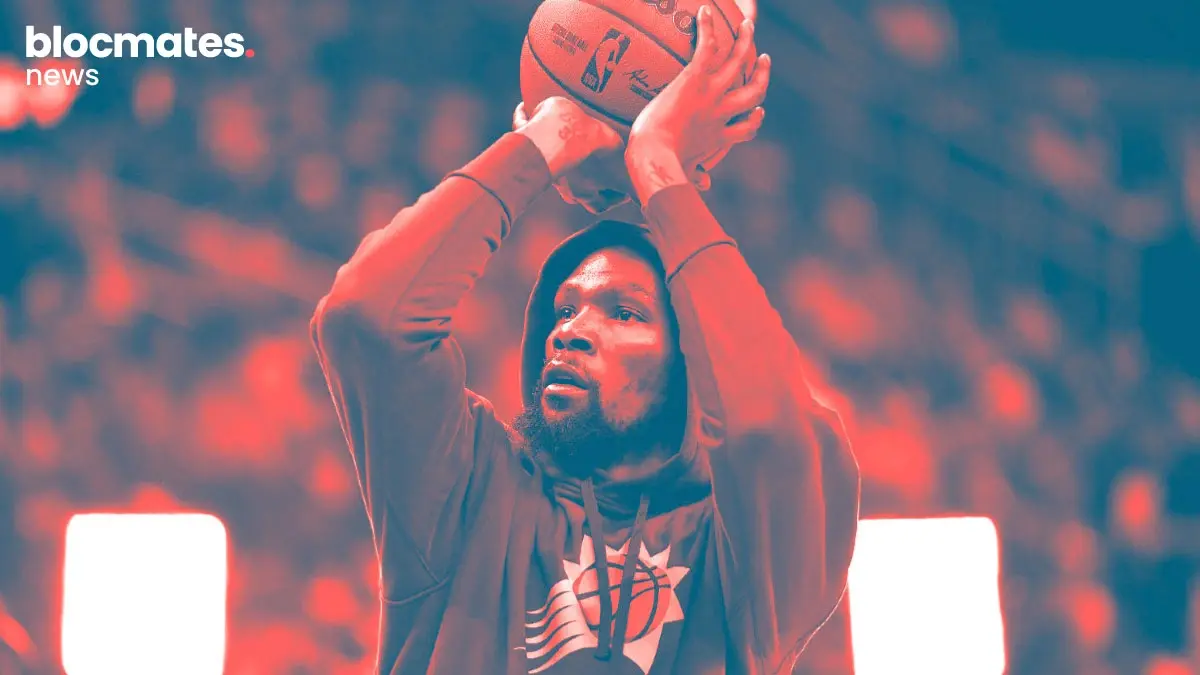
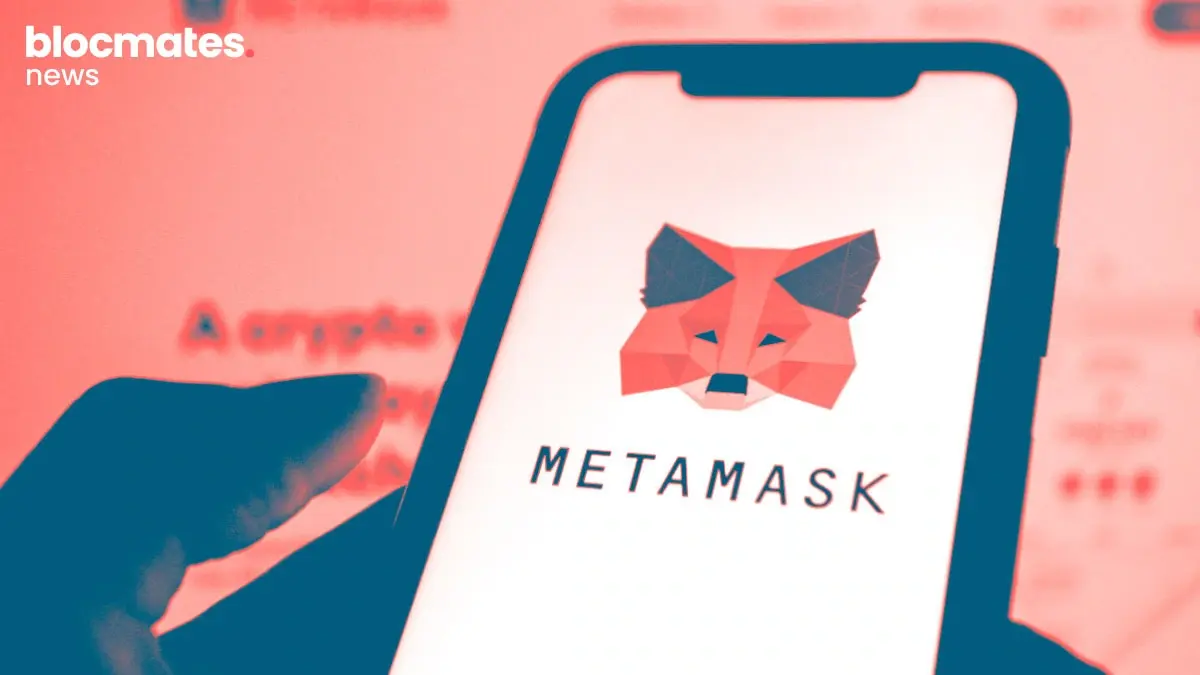
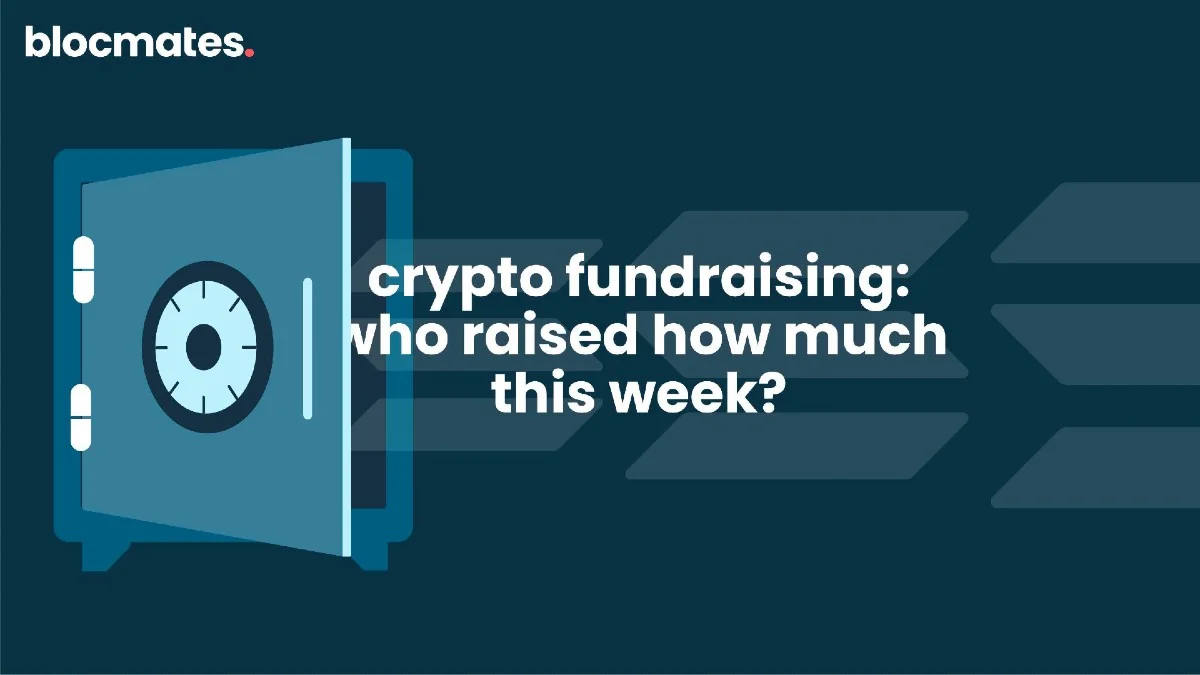
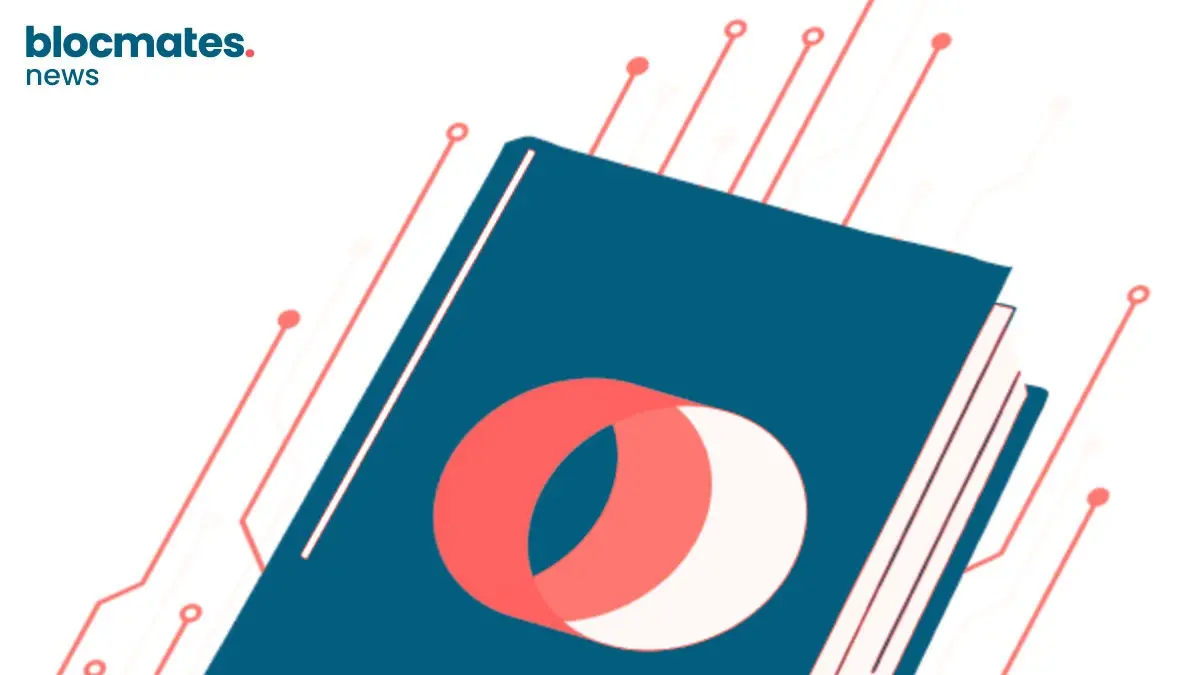

.webp)


